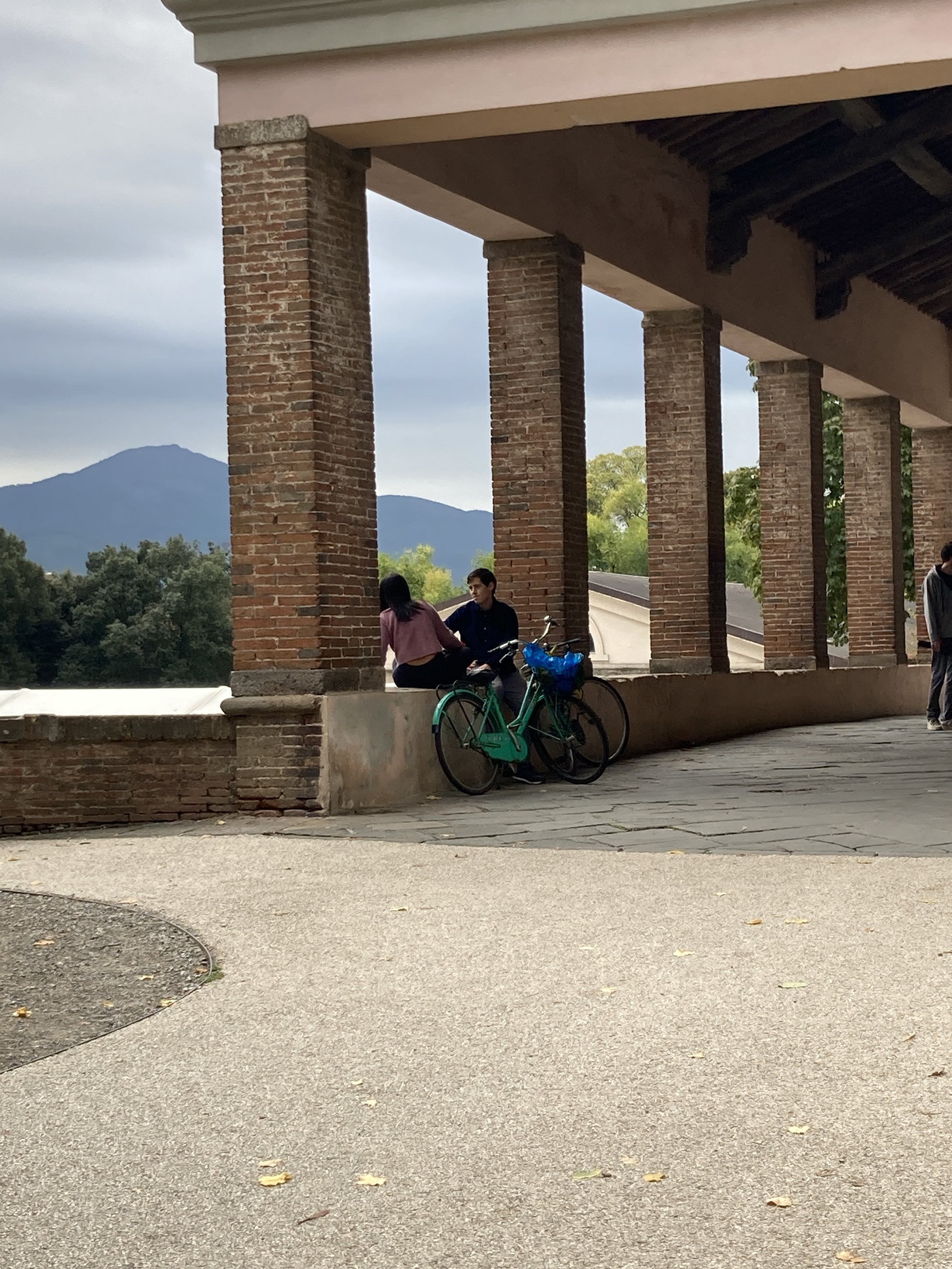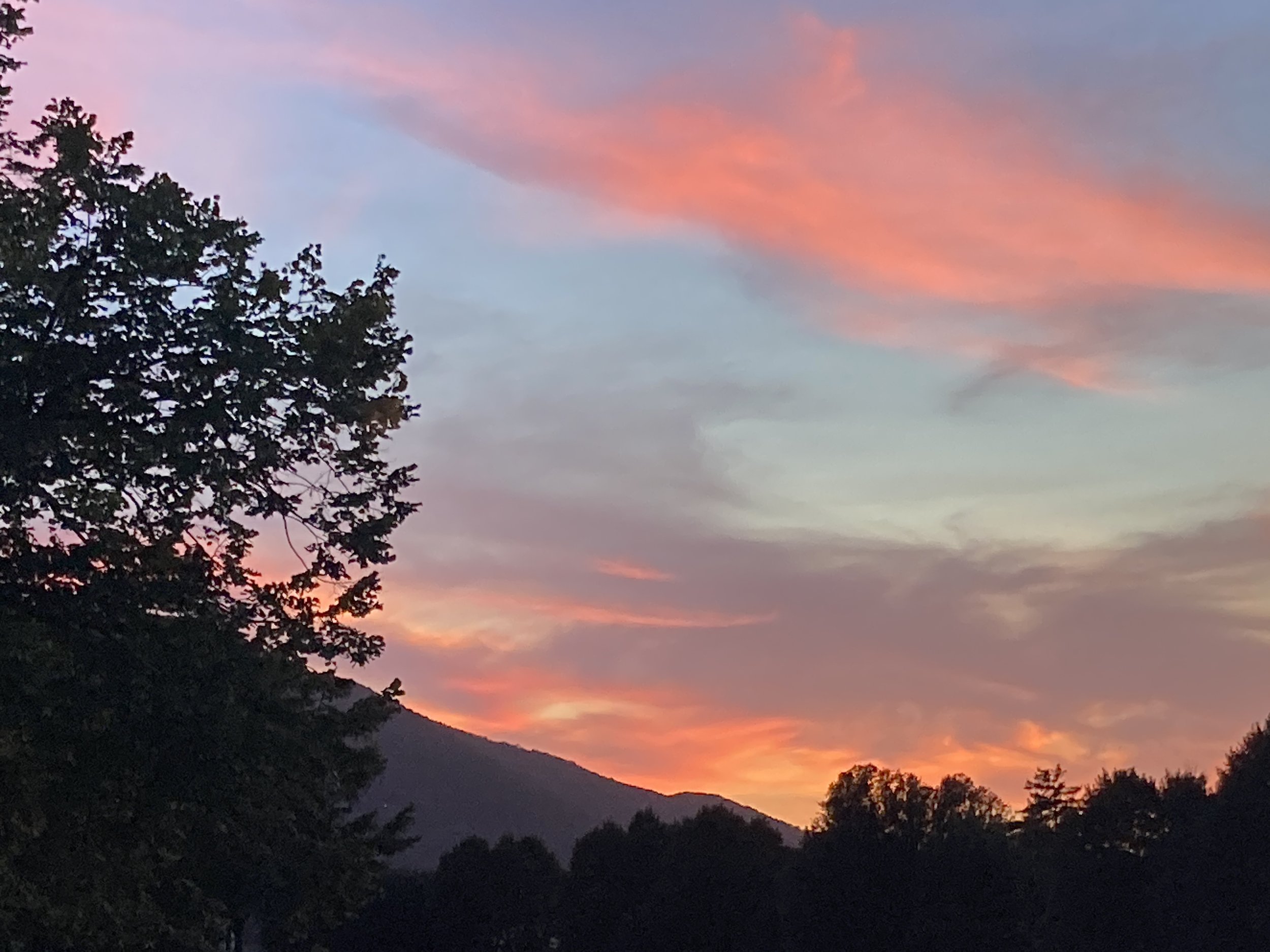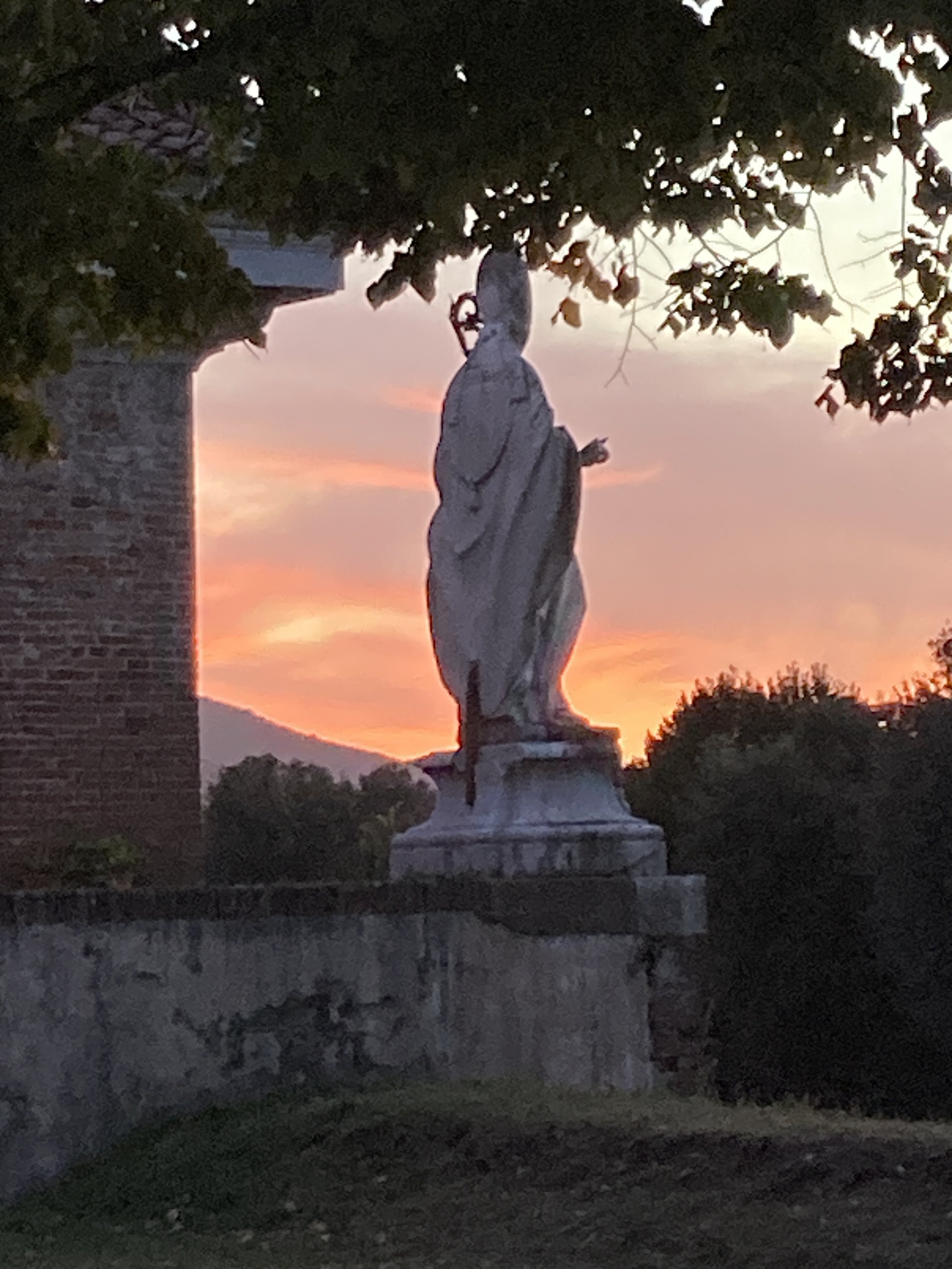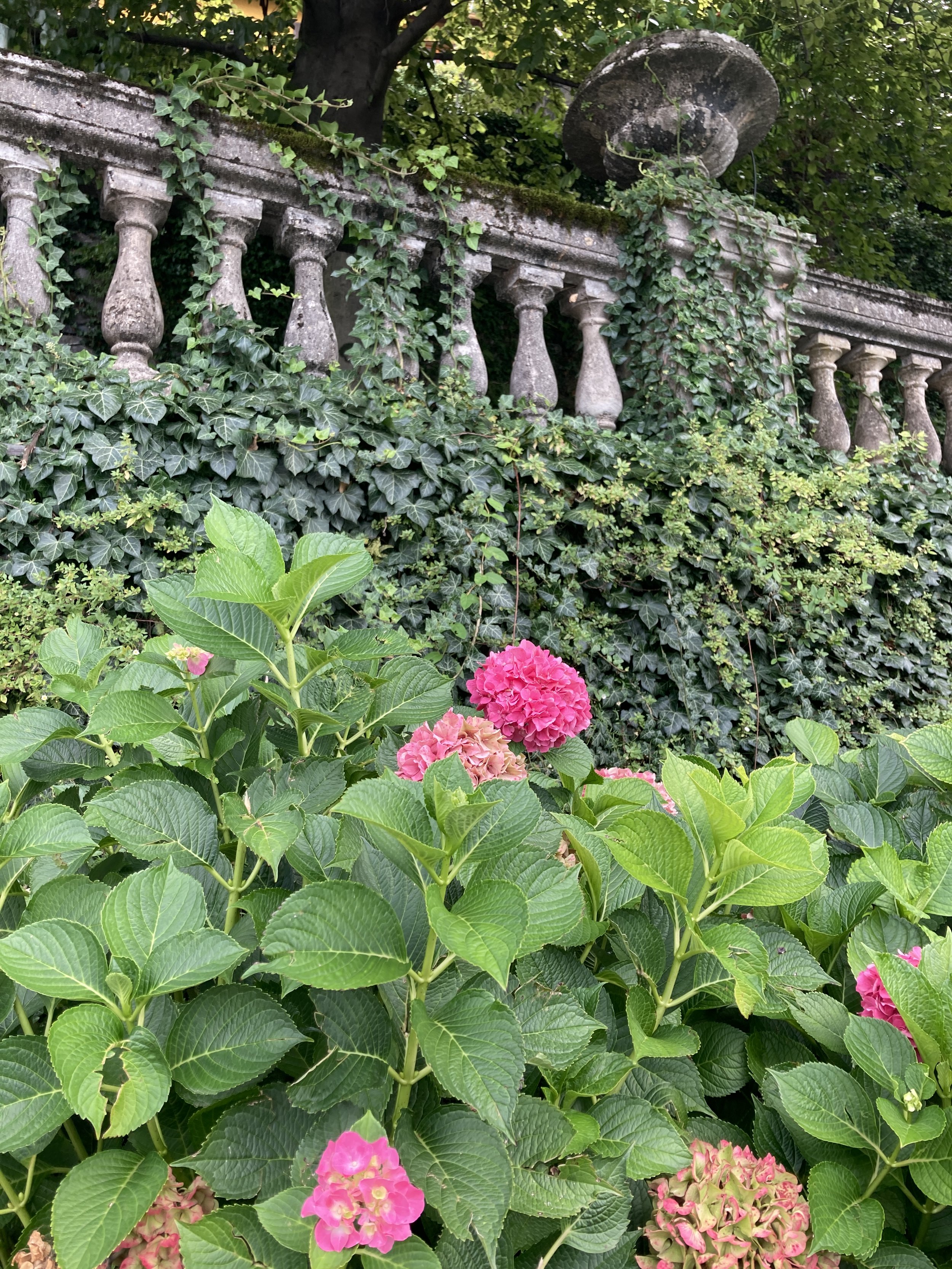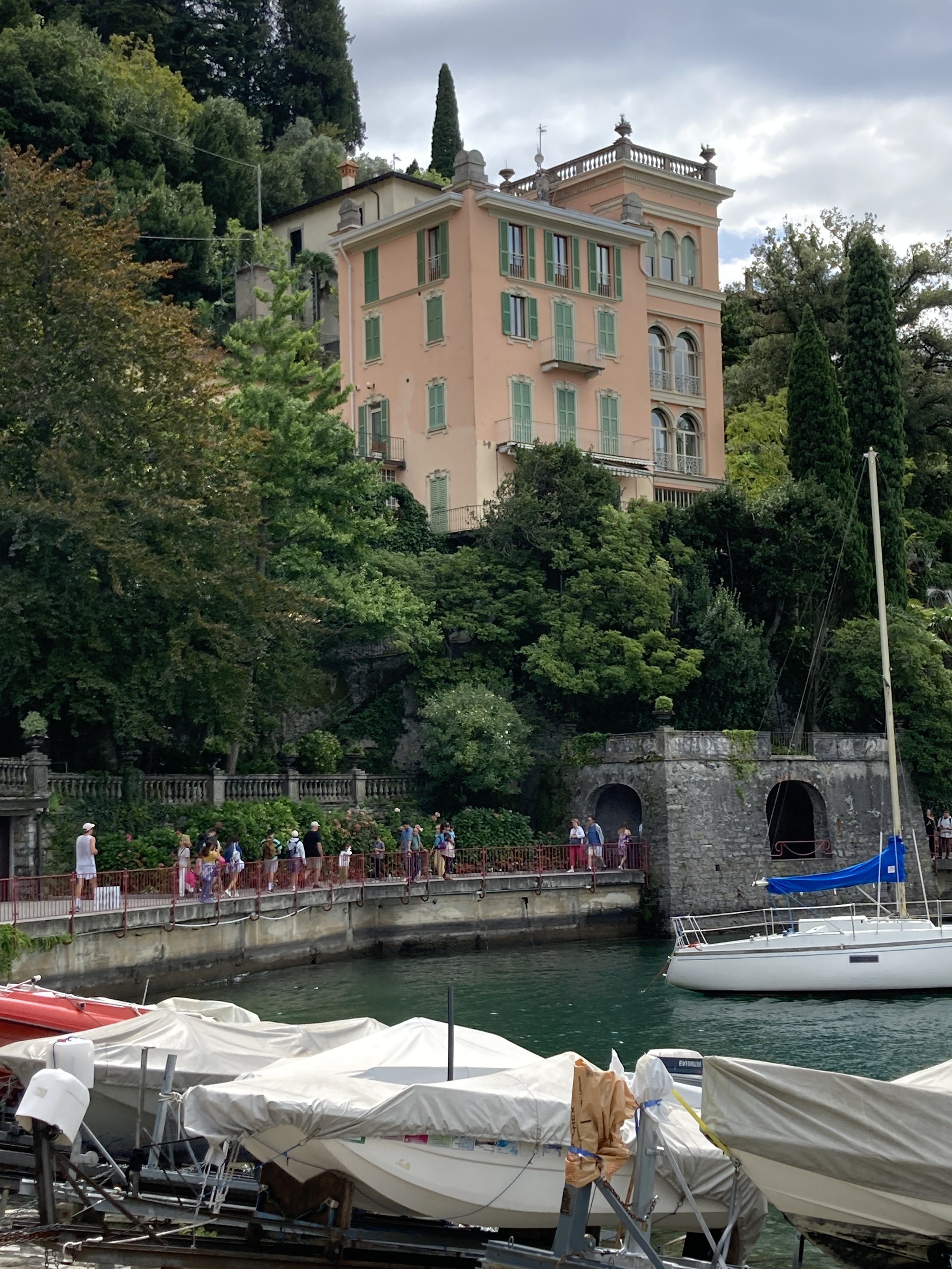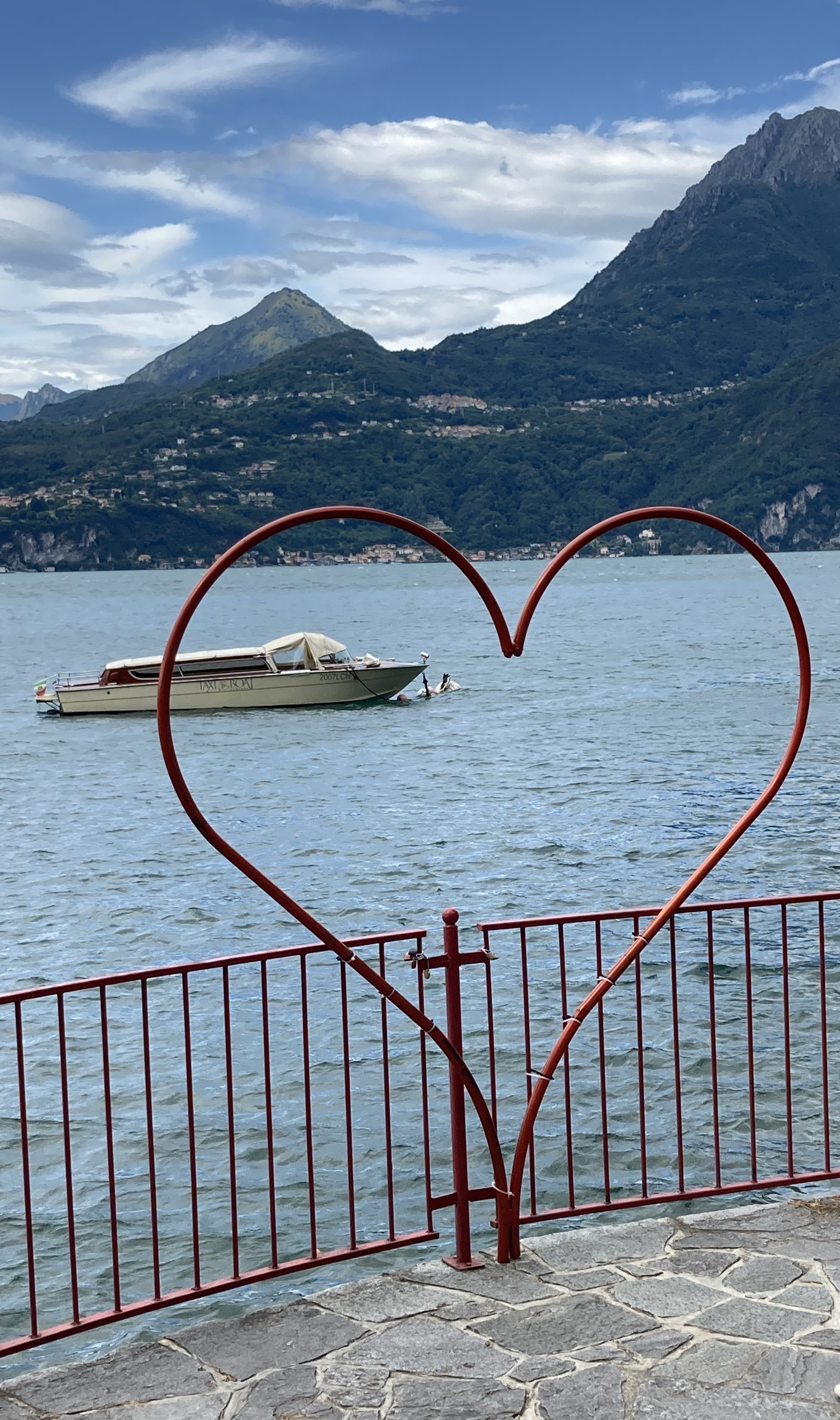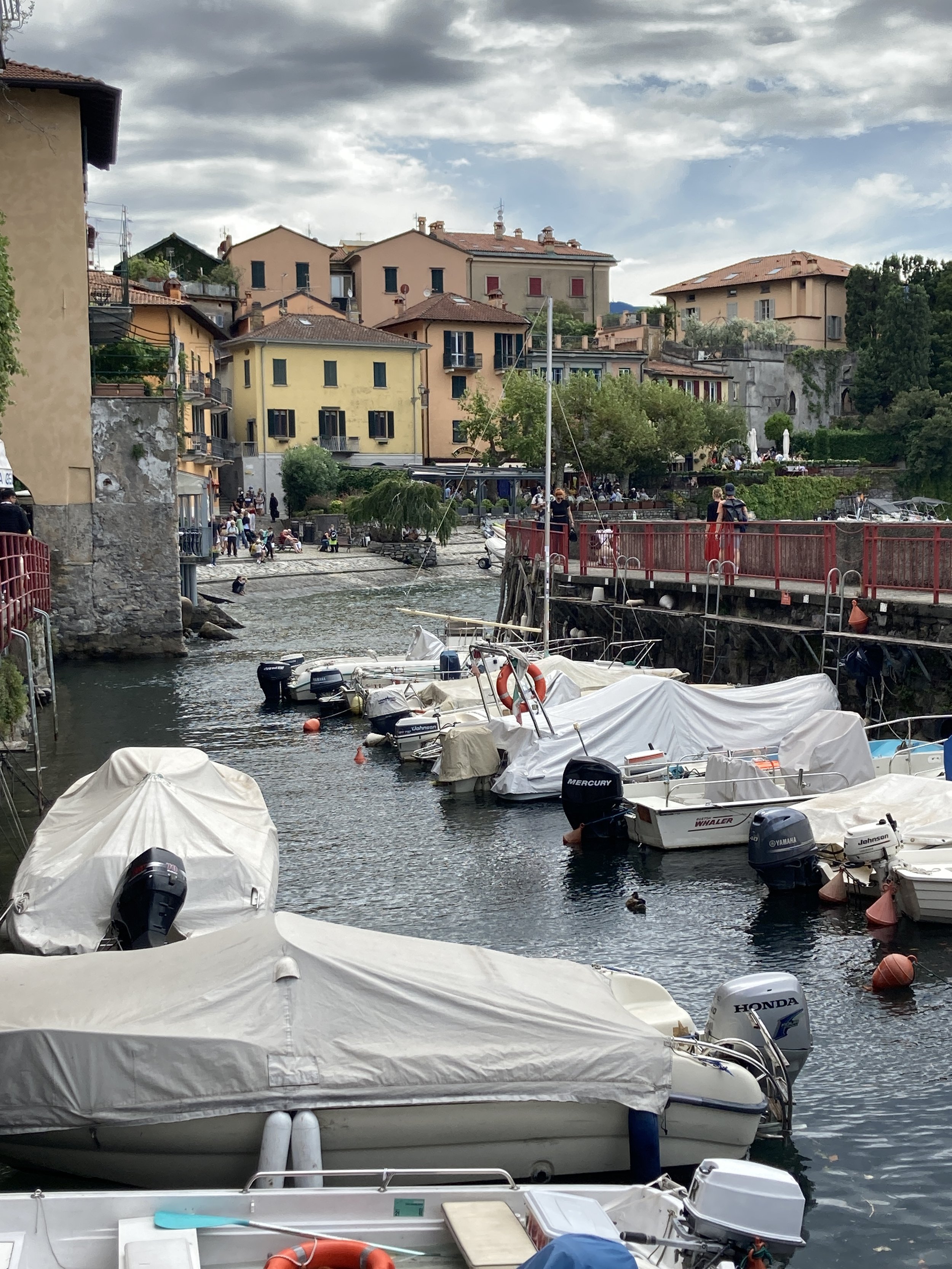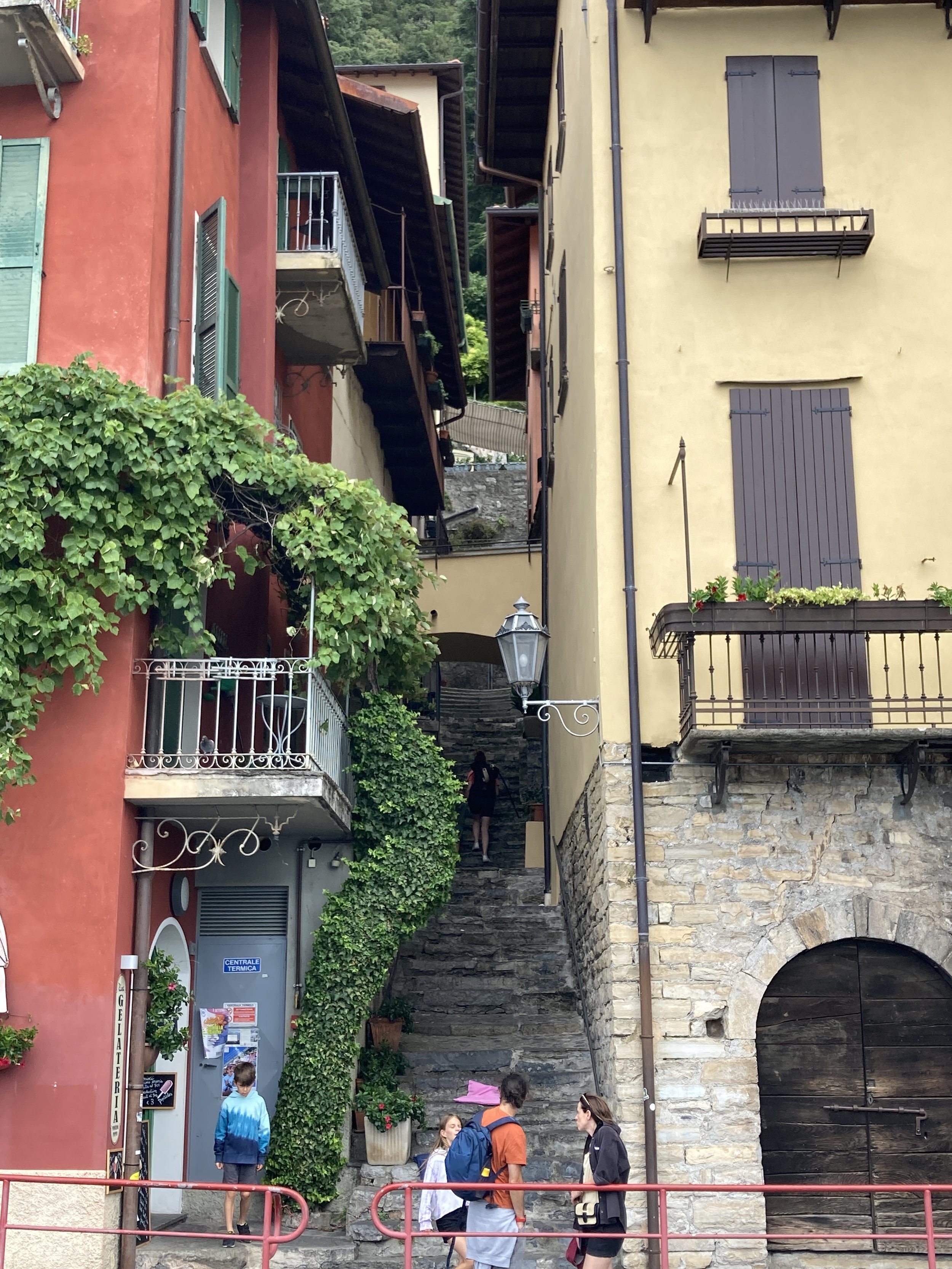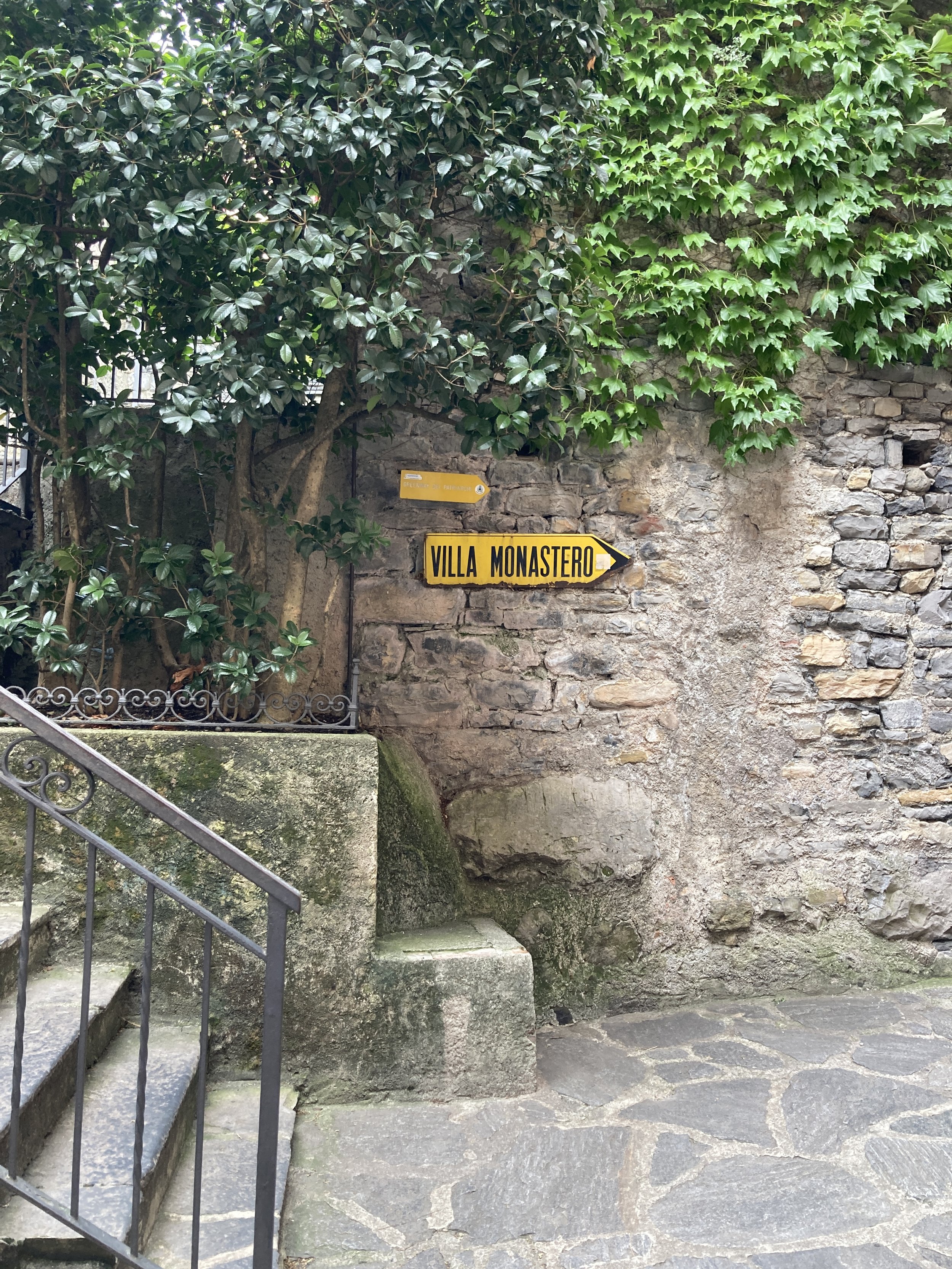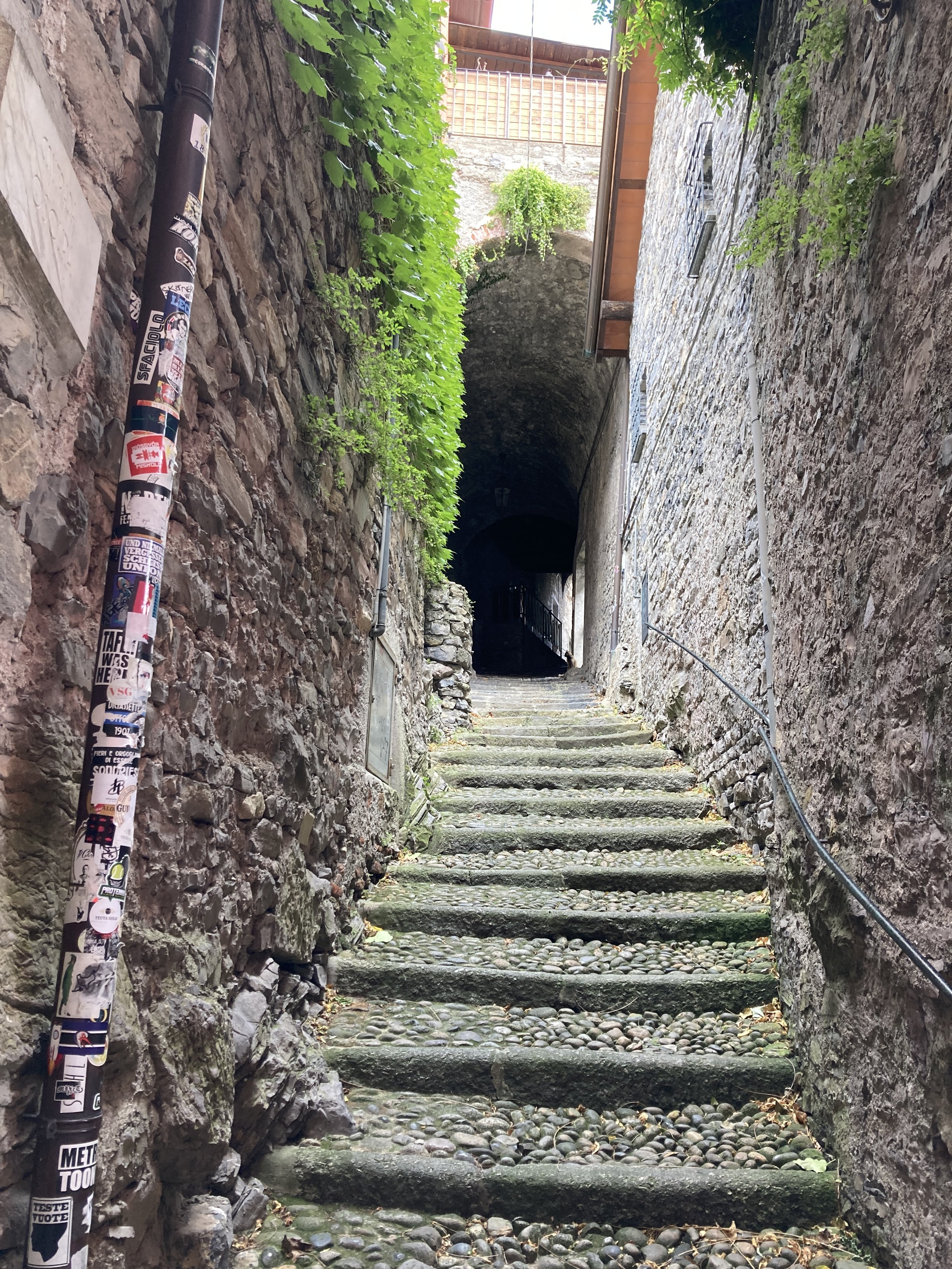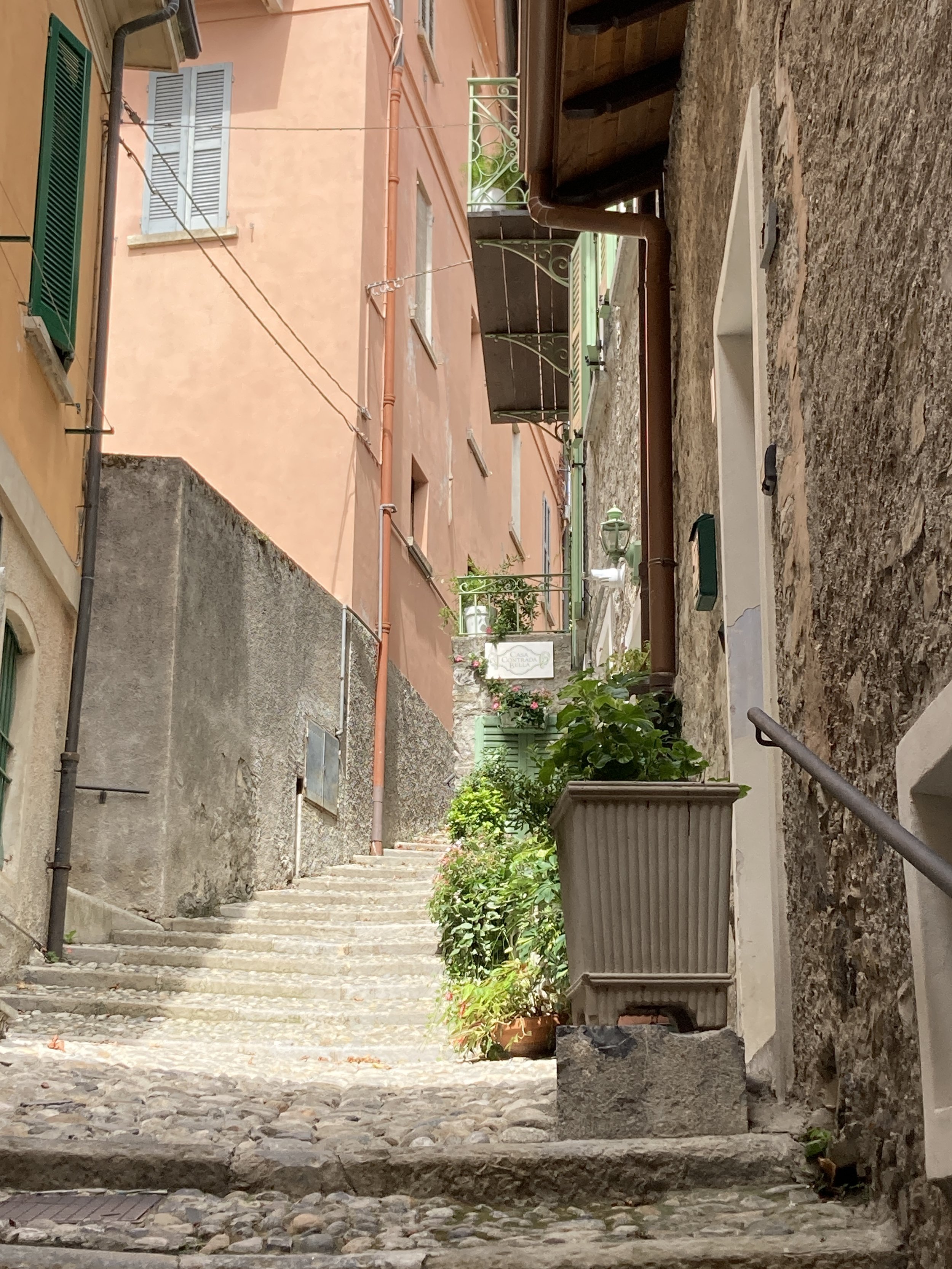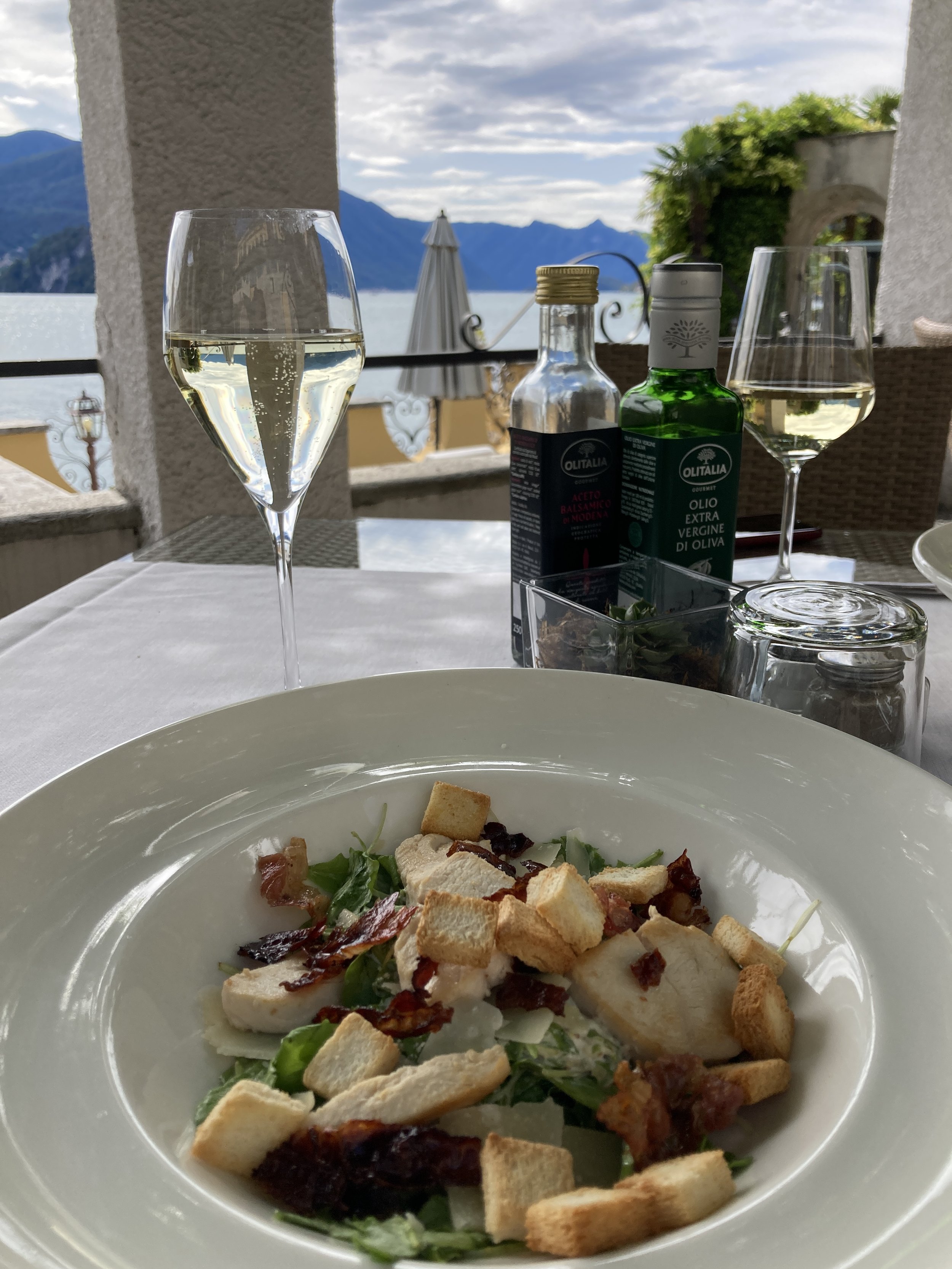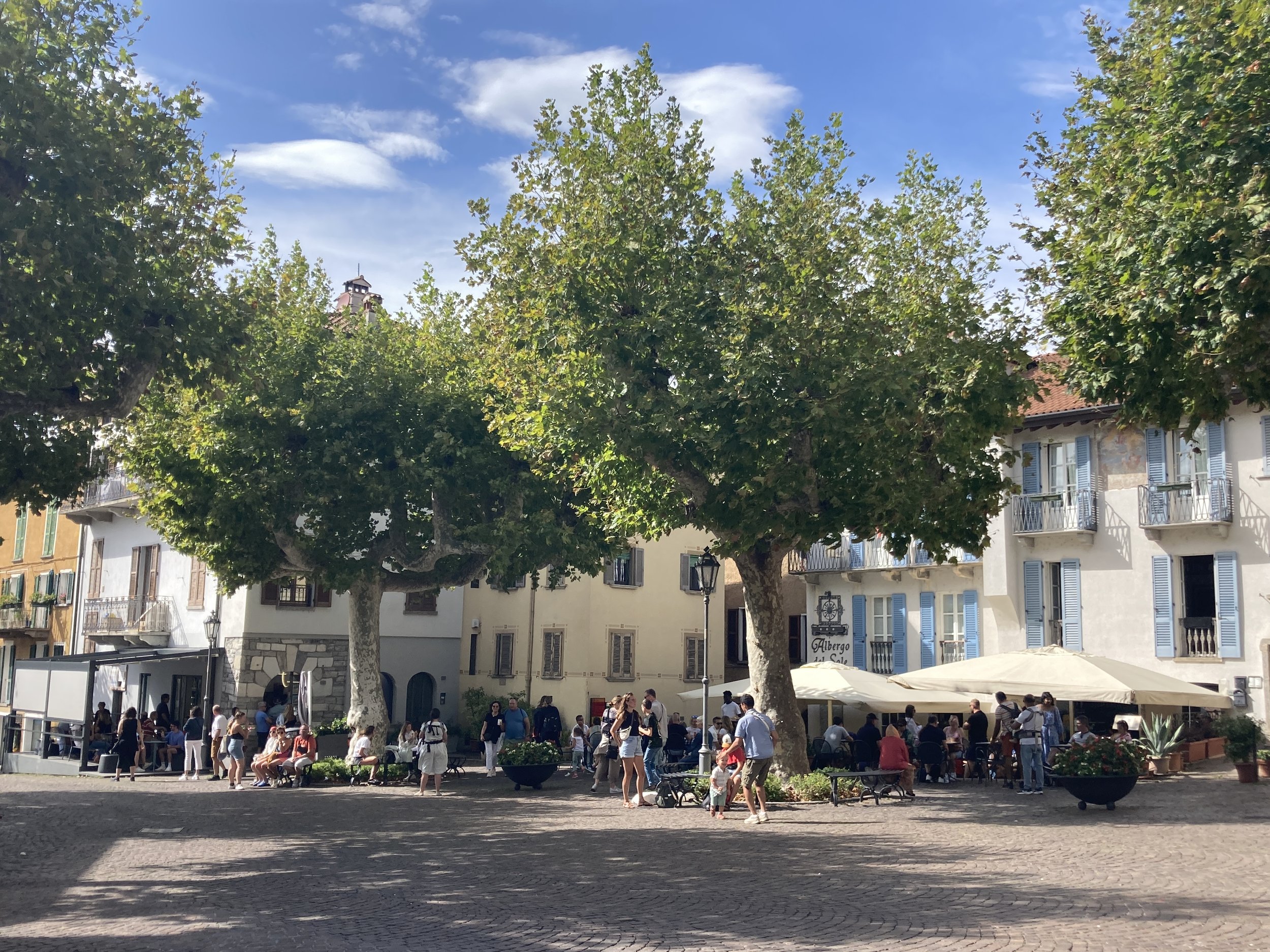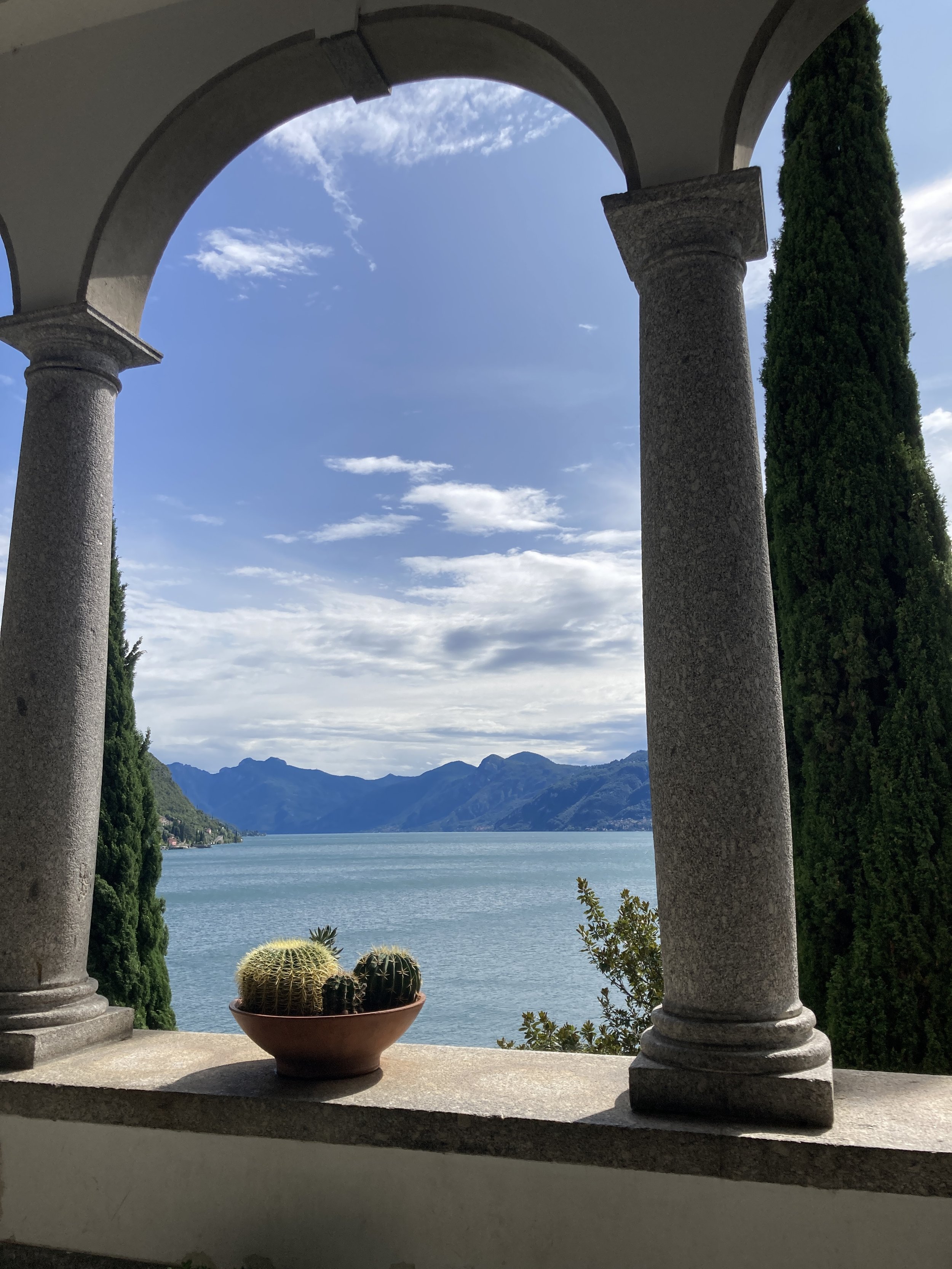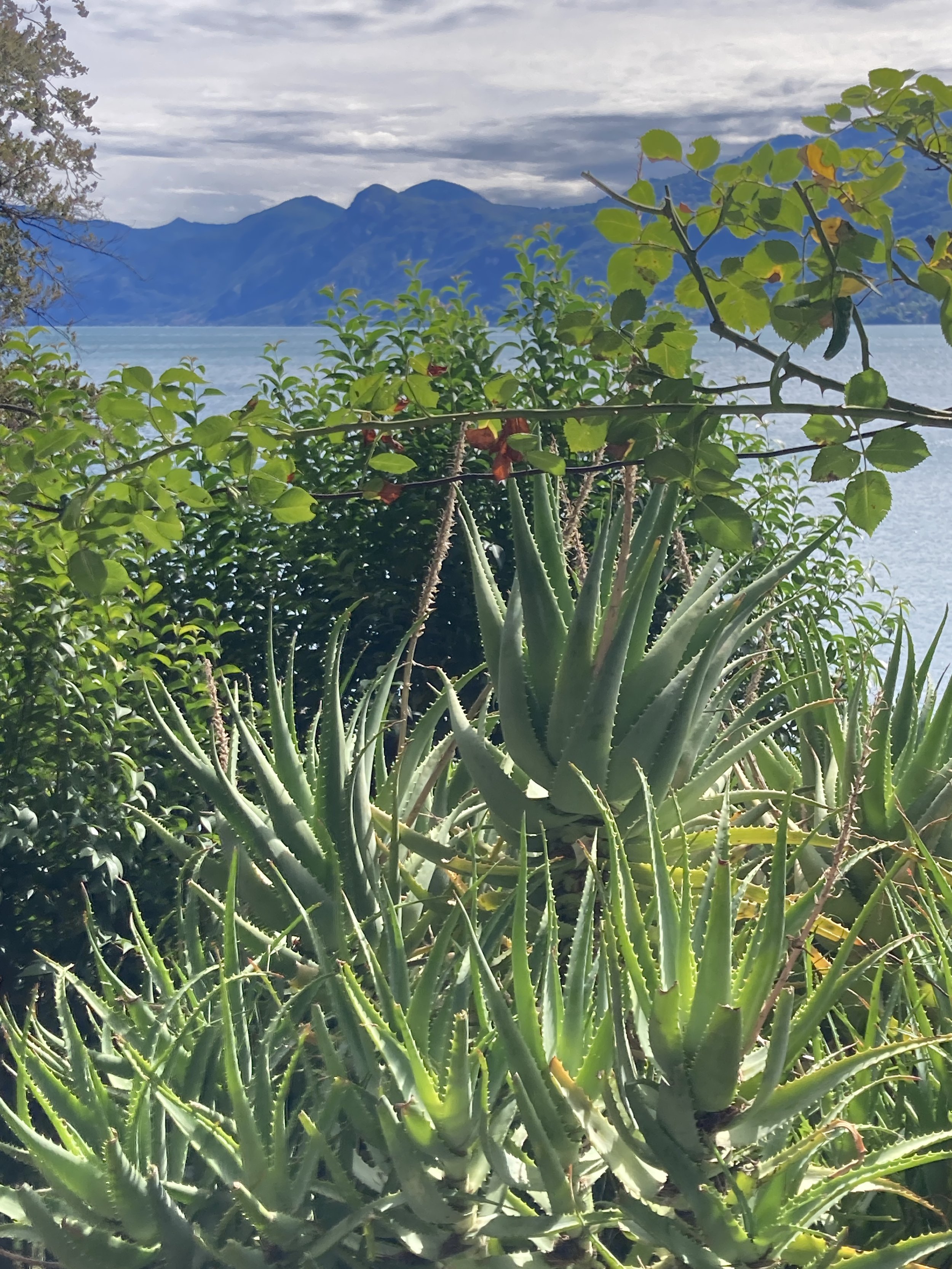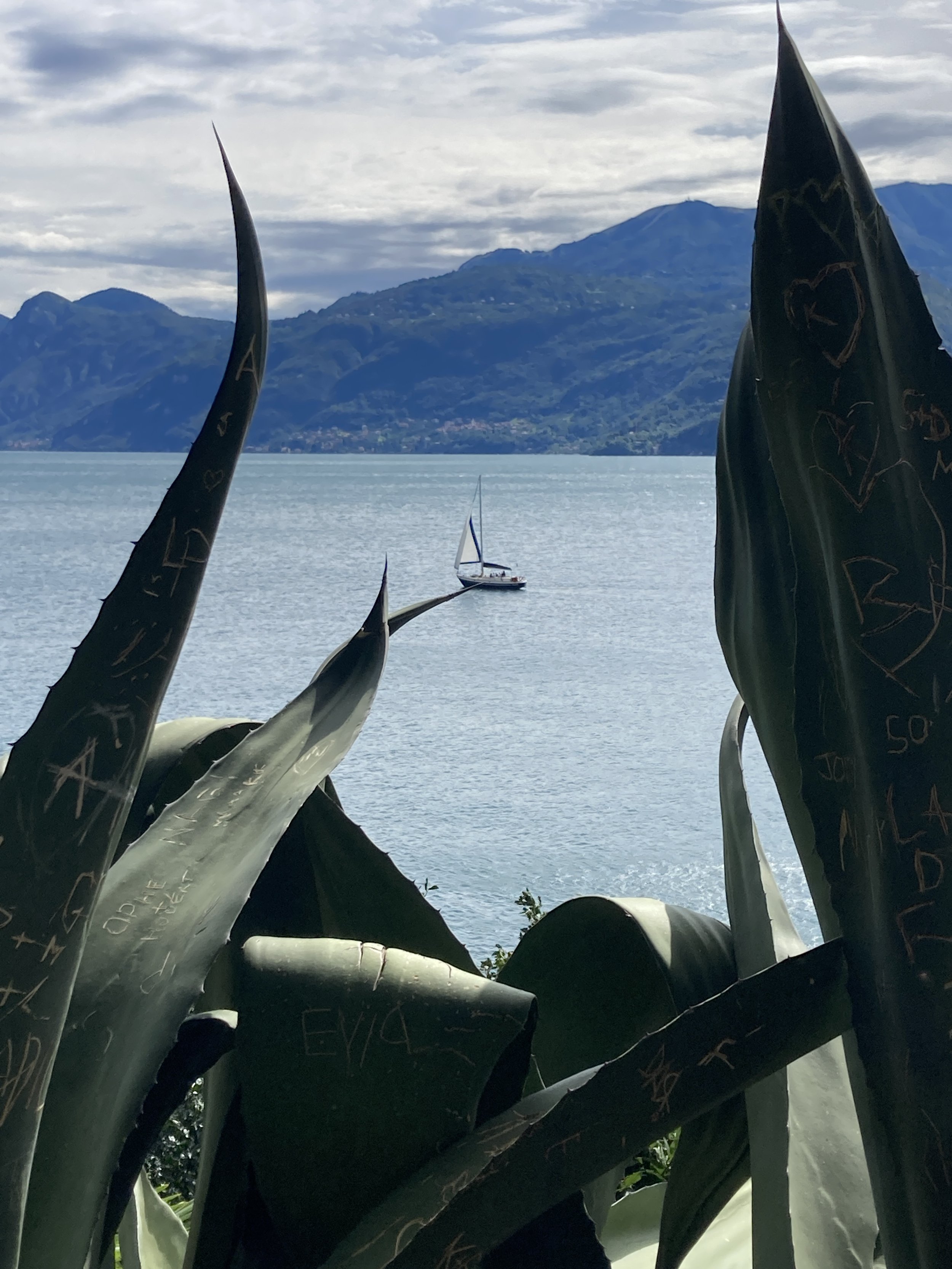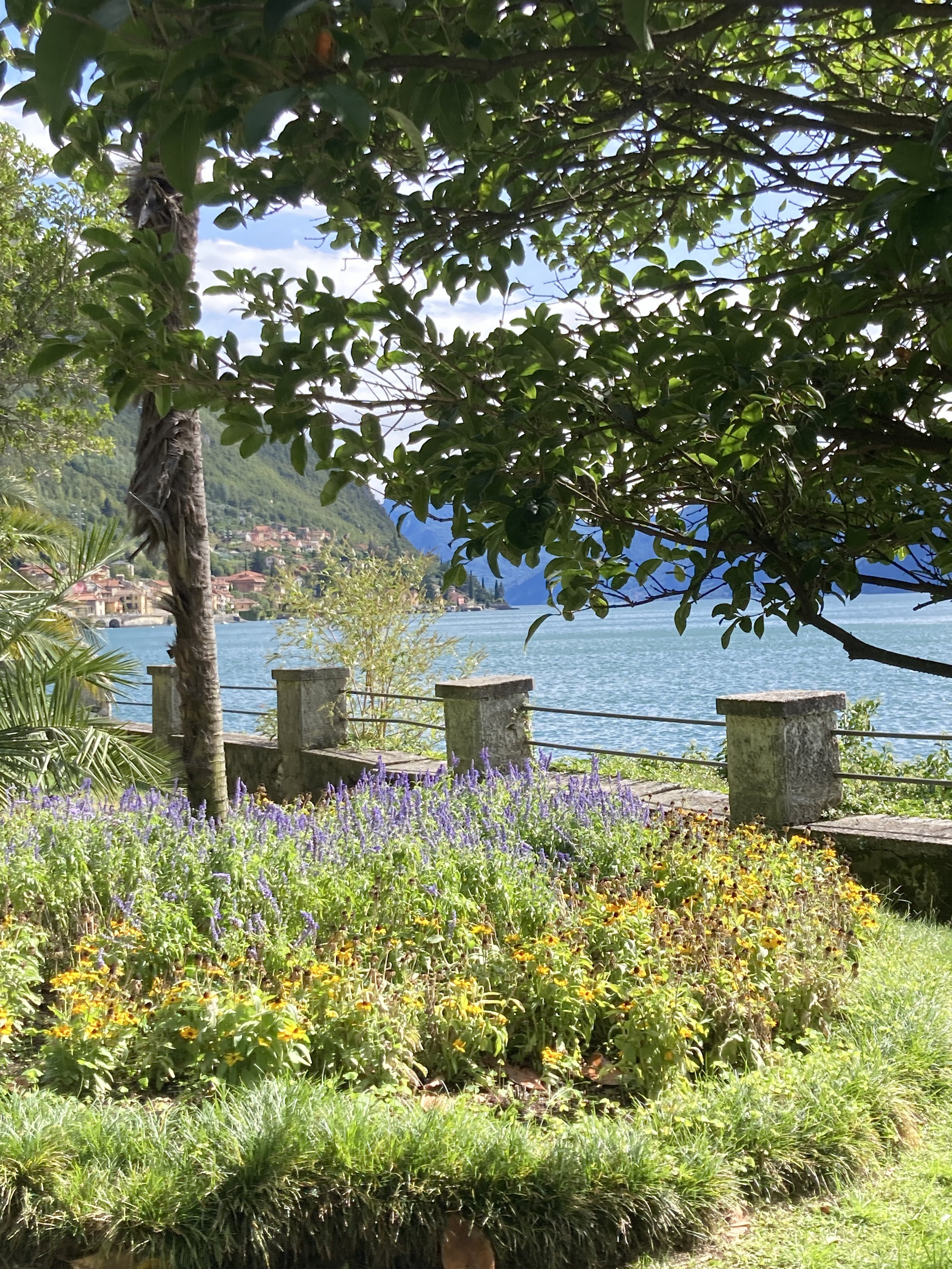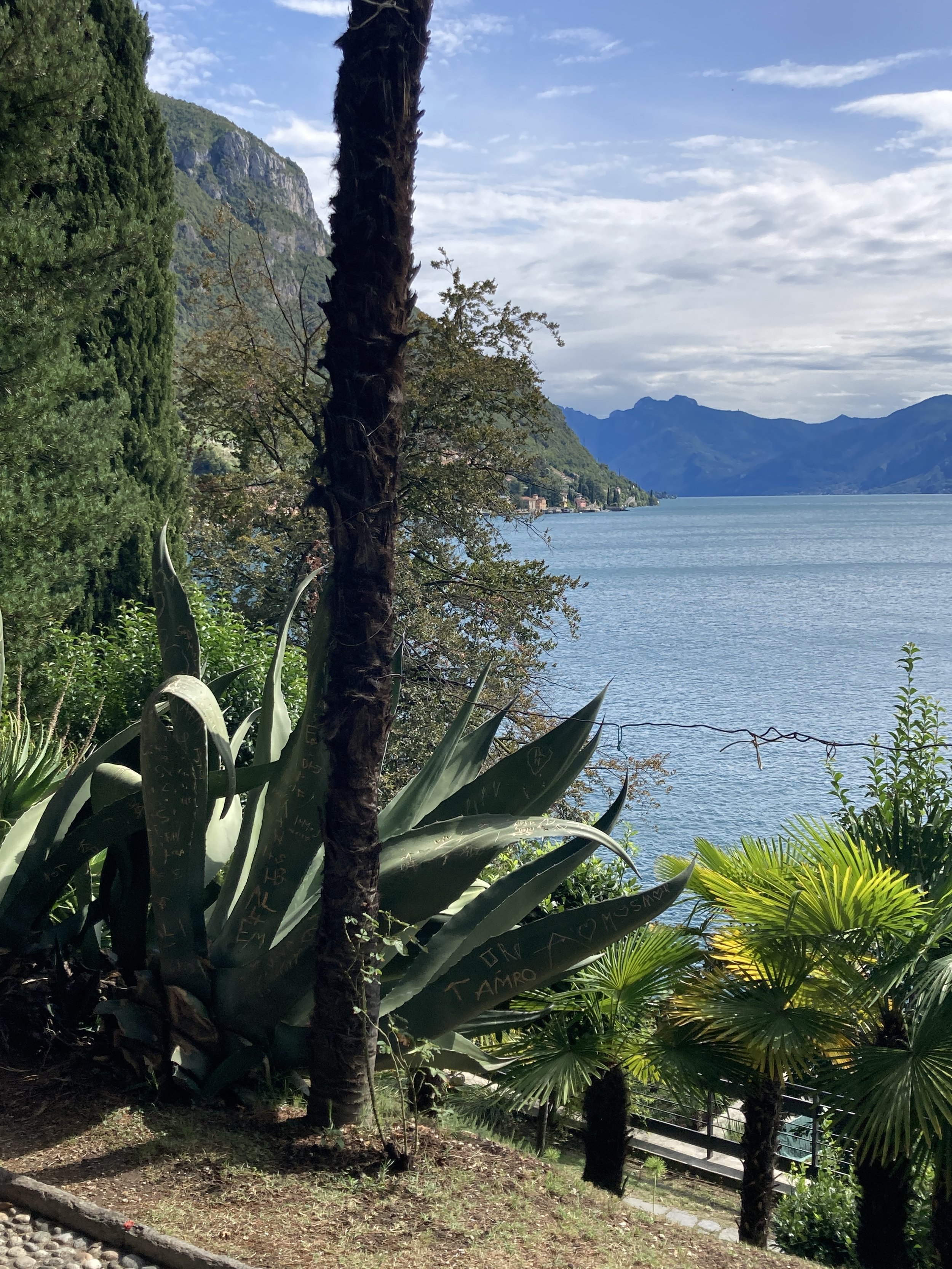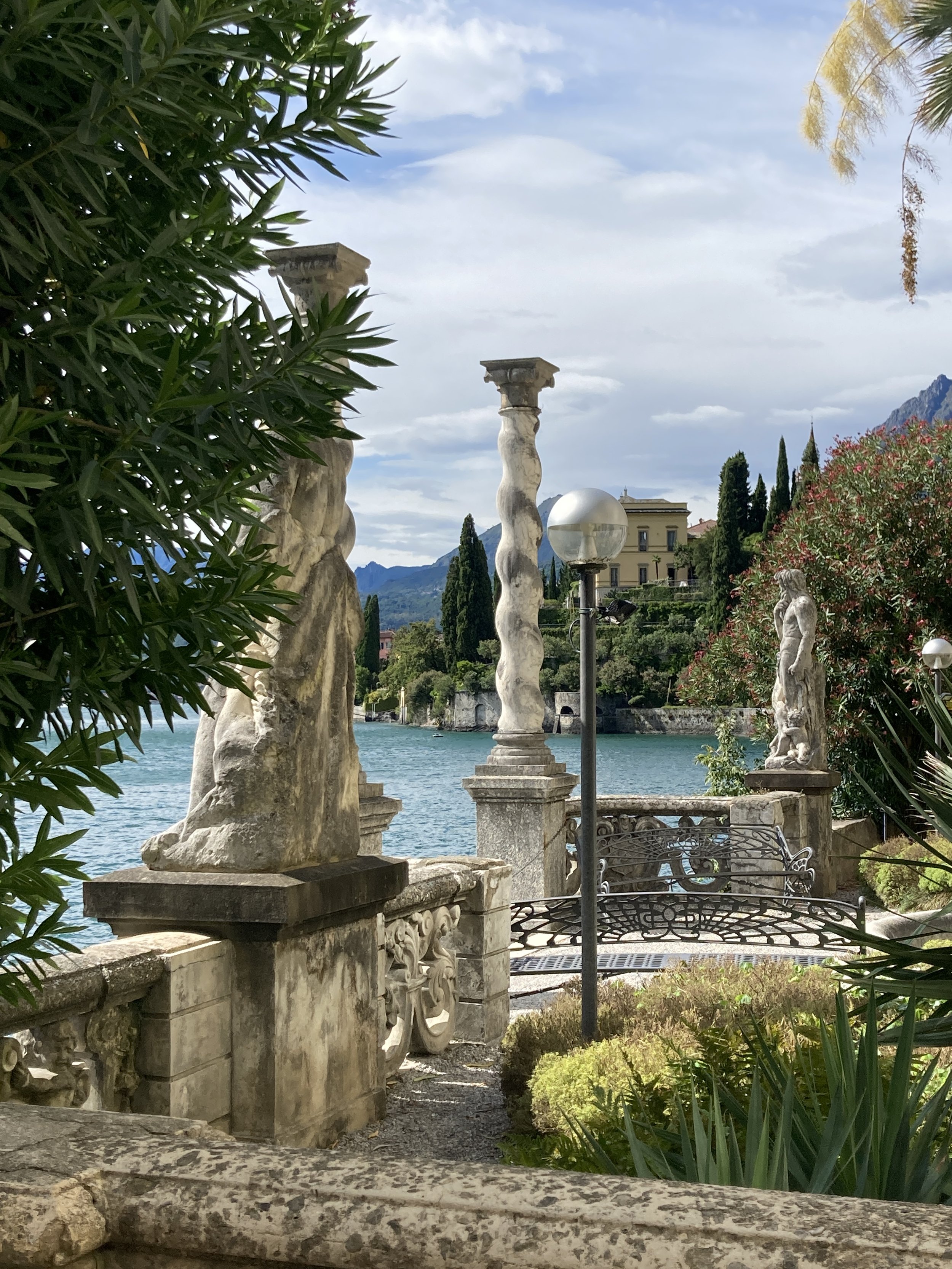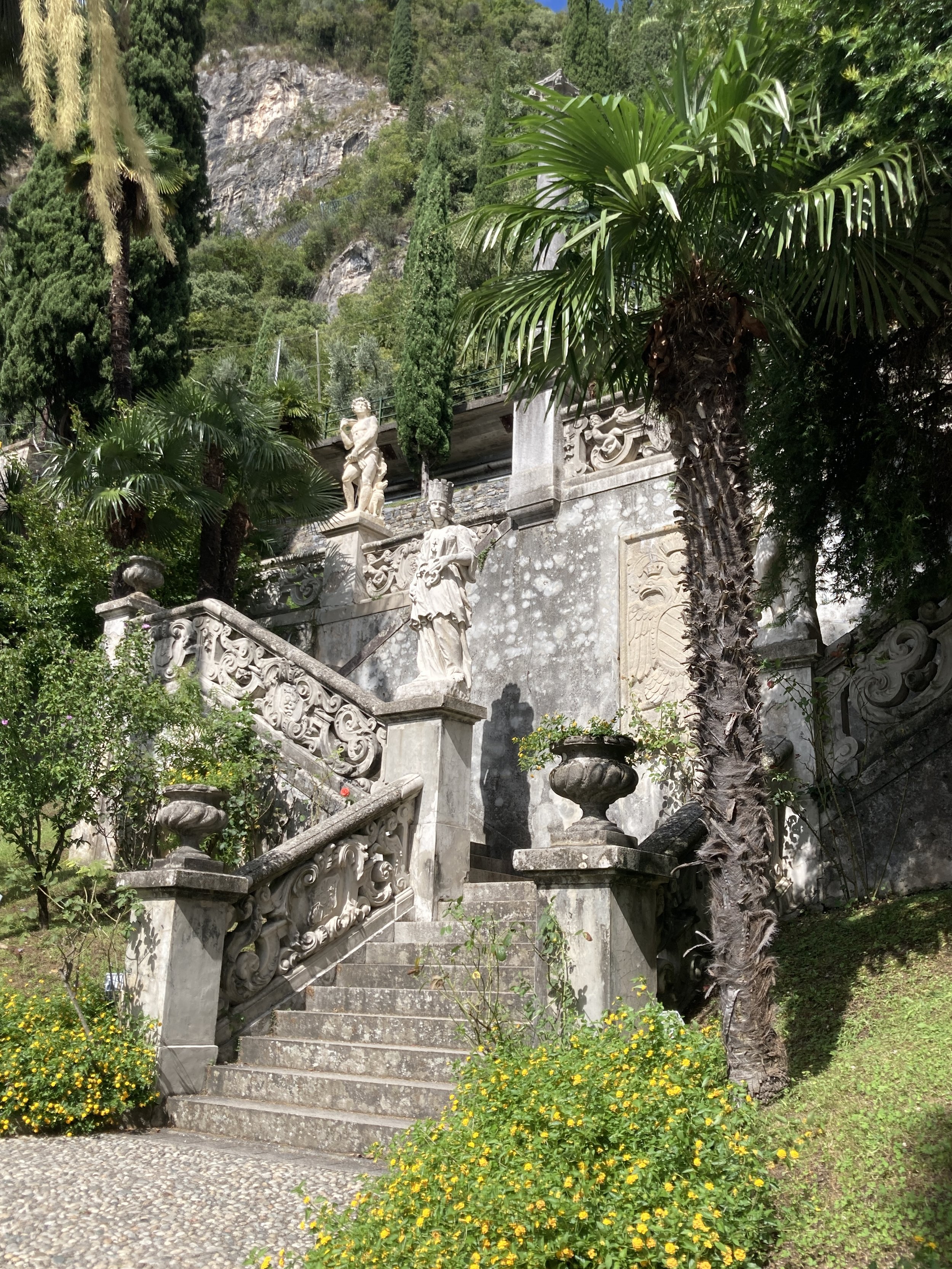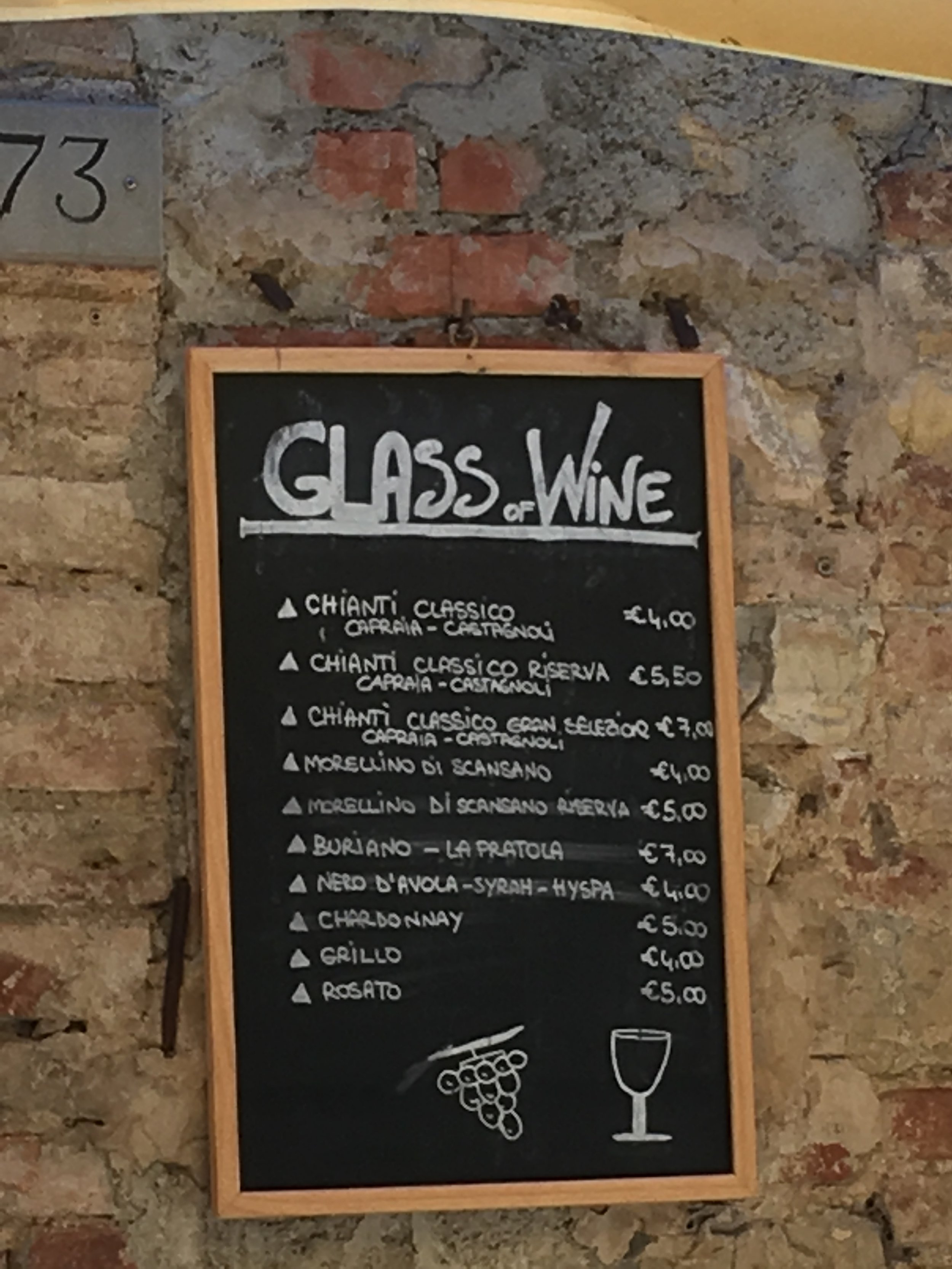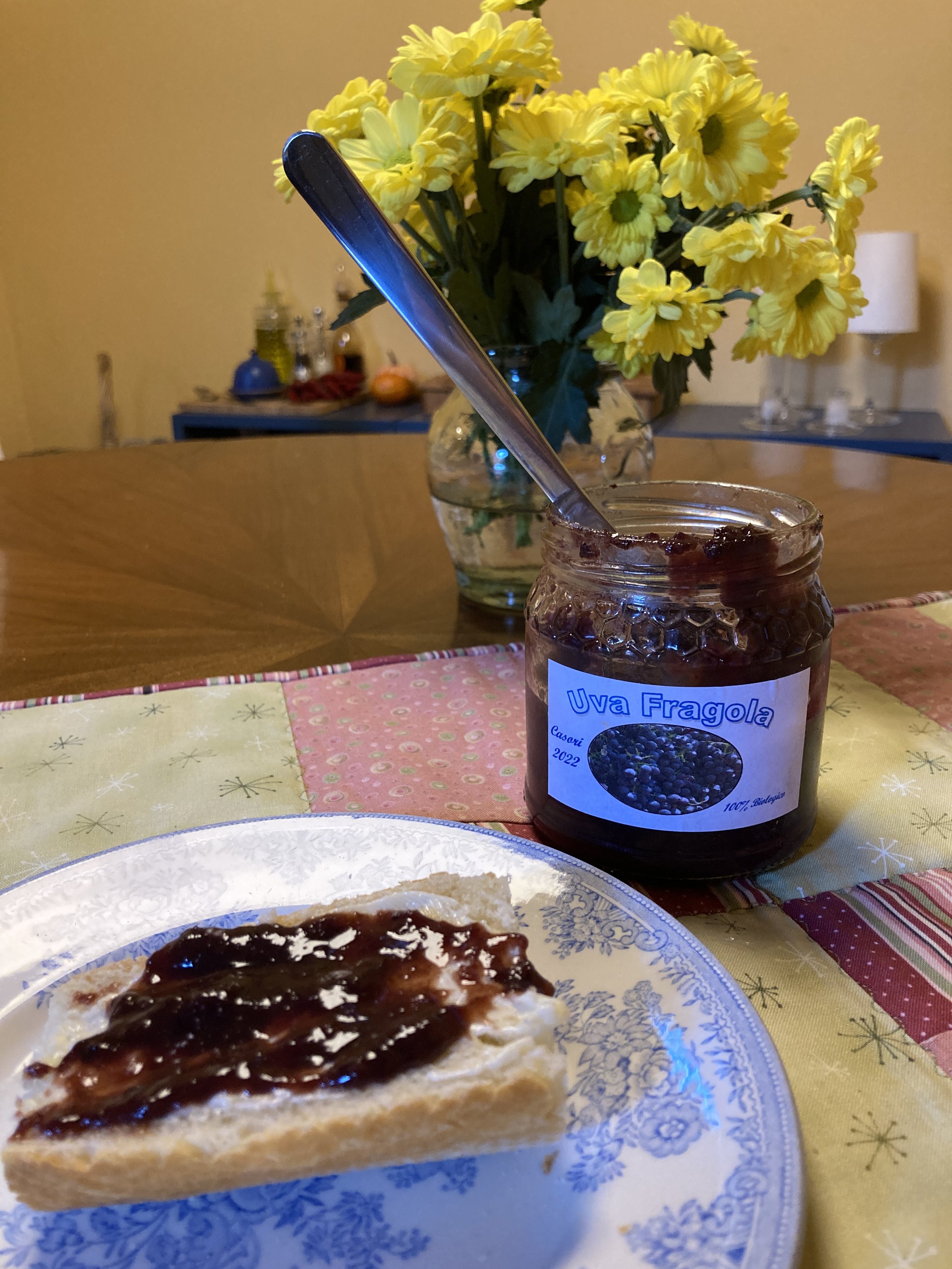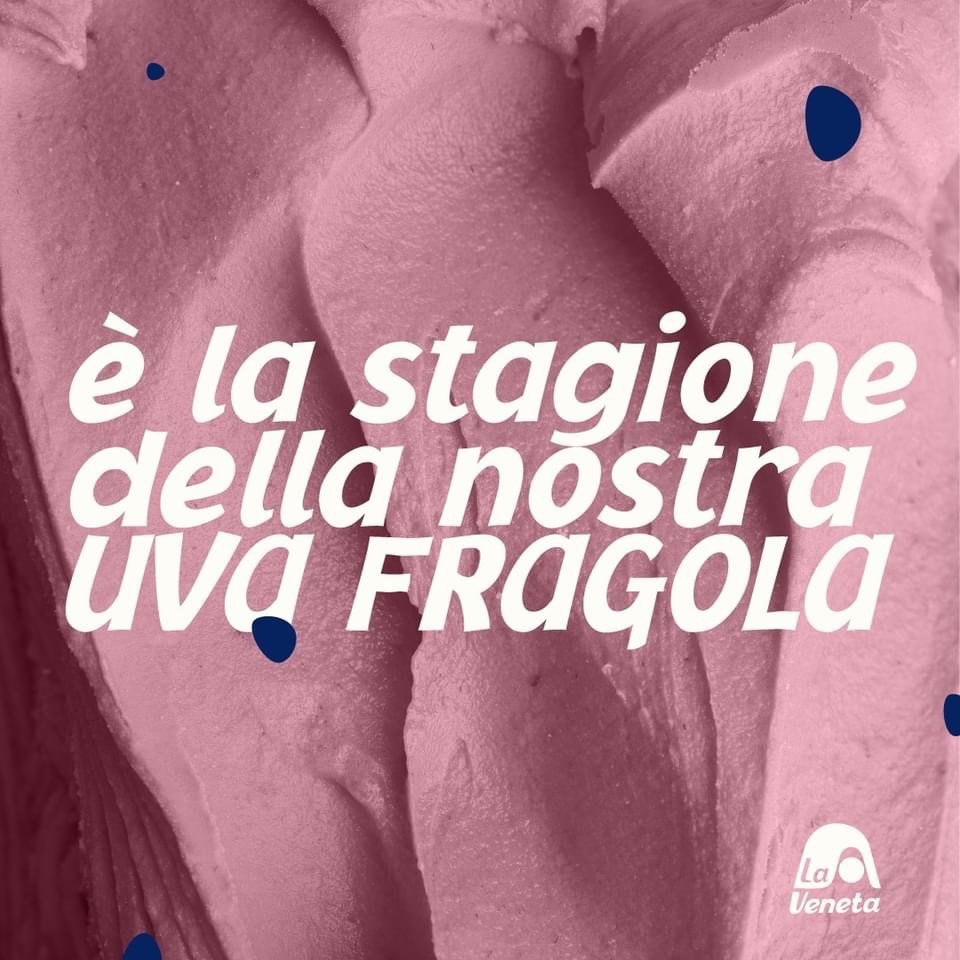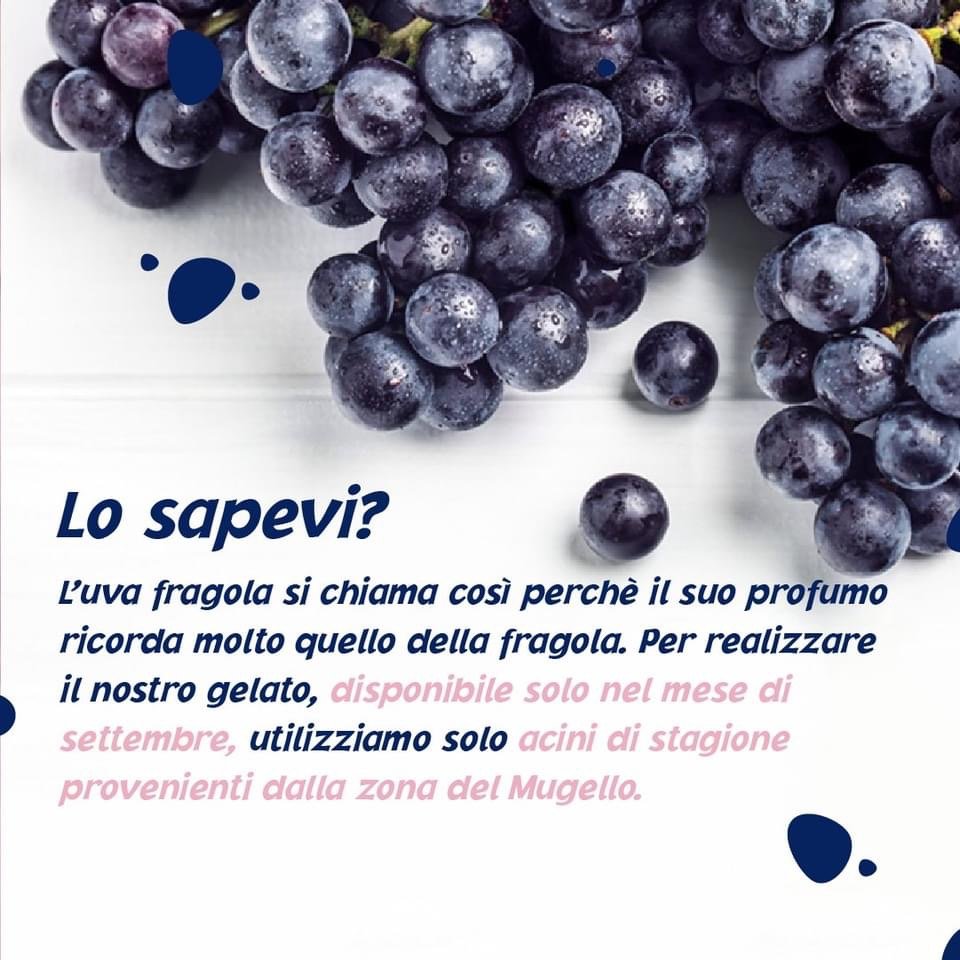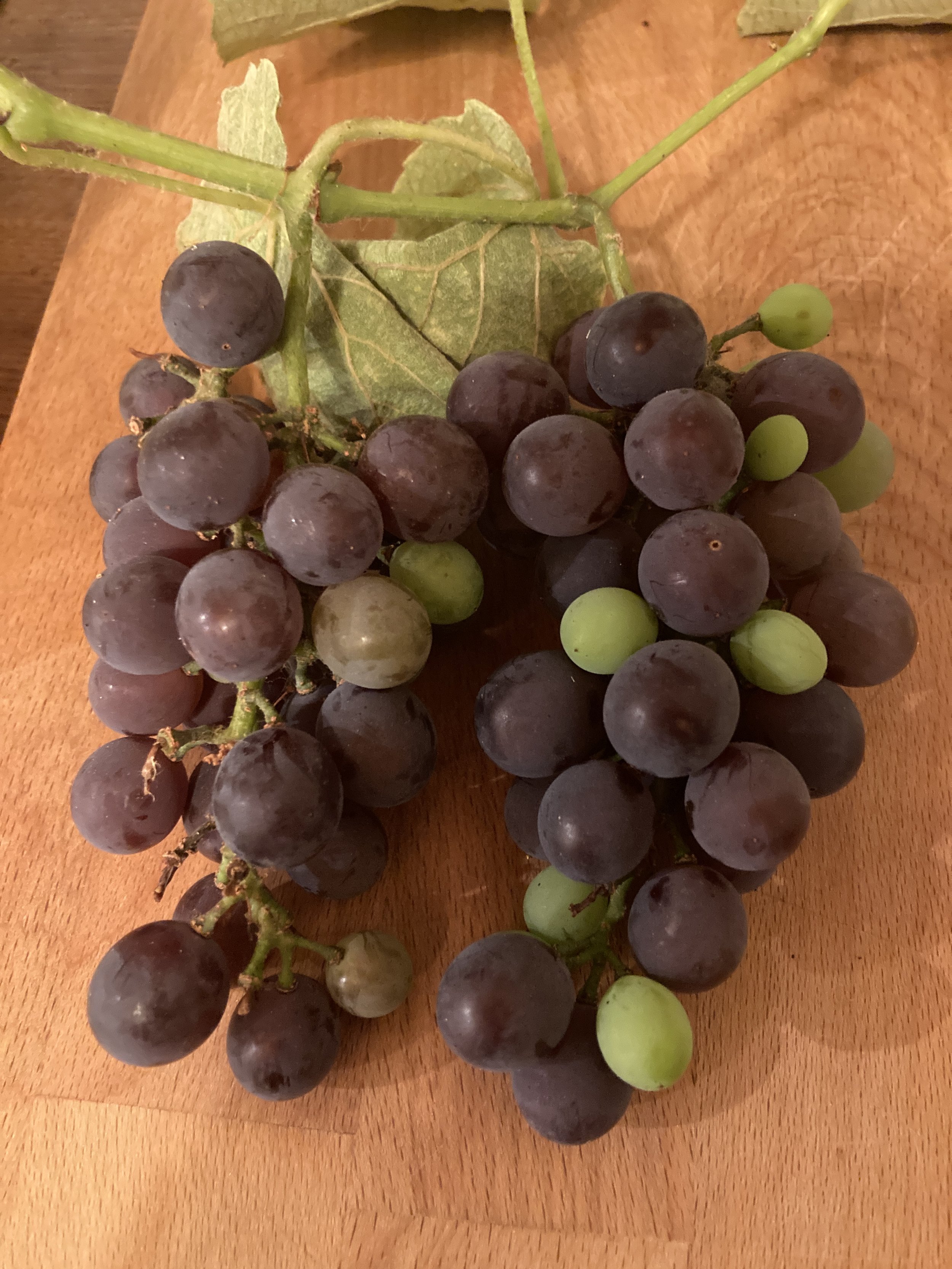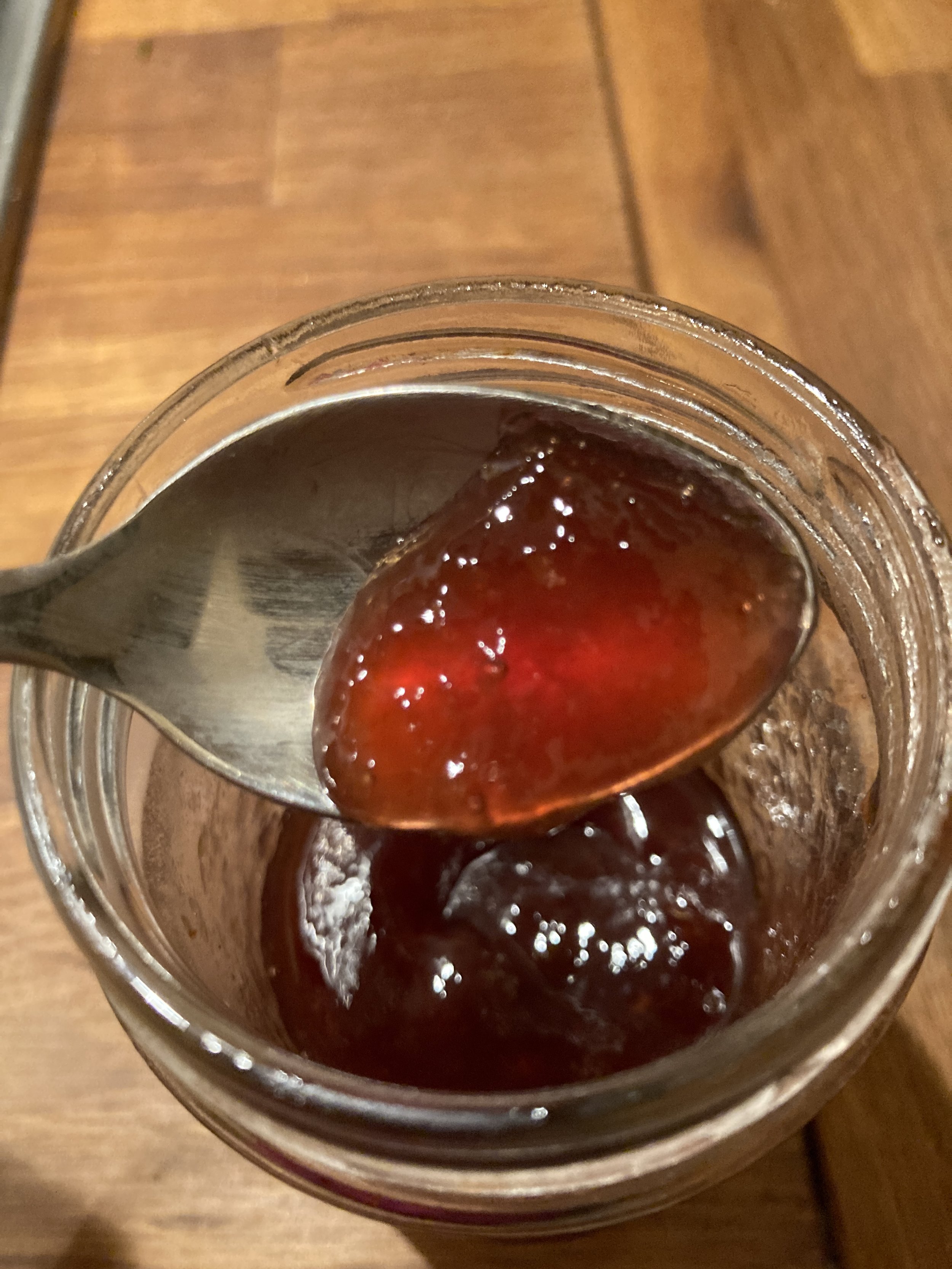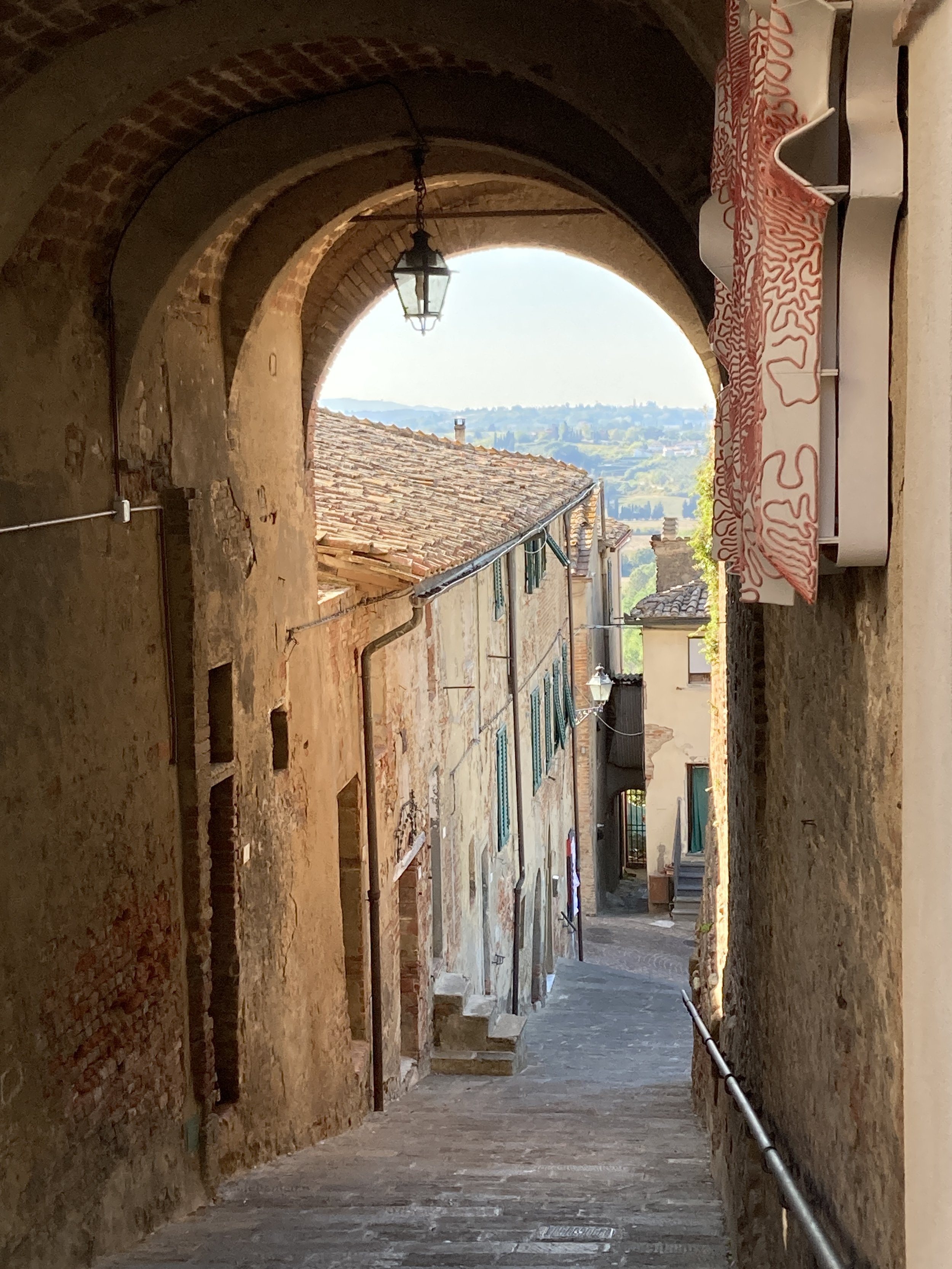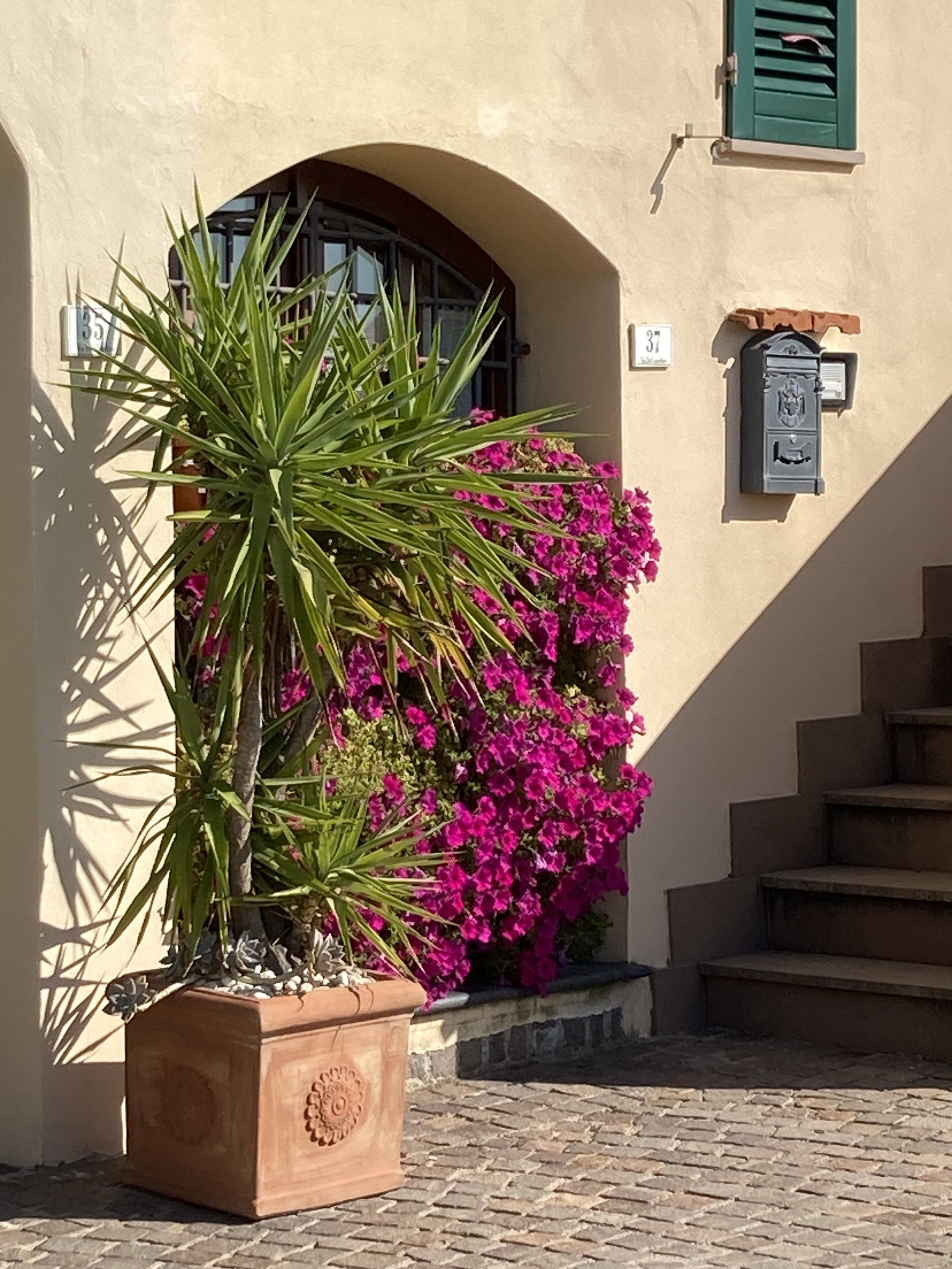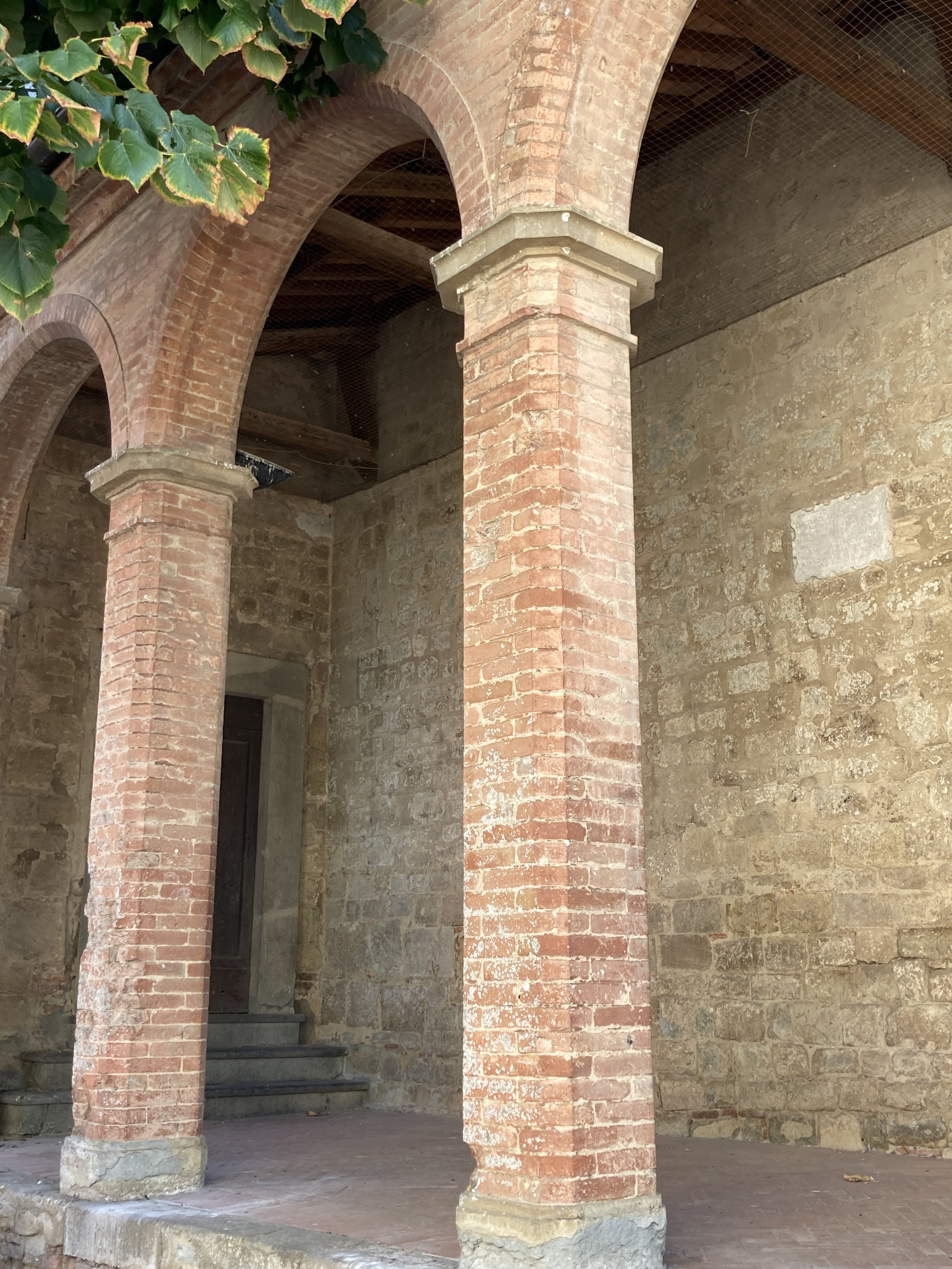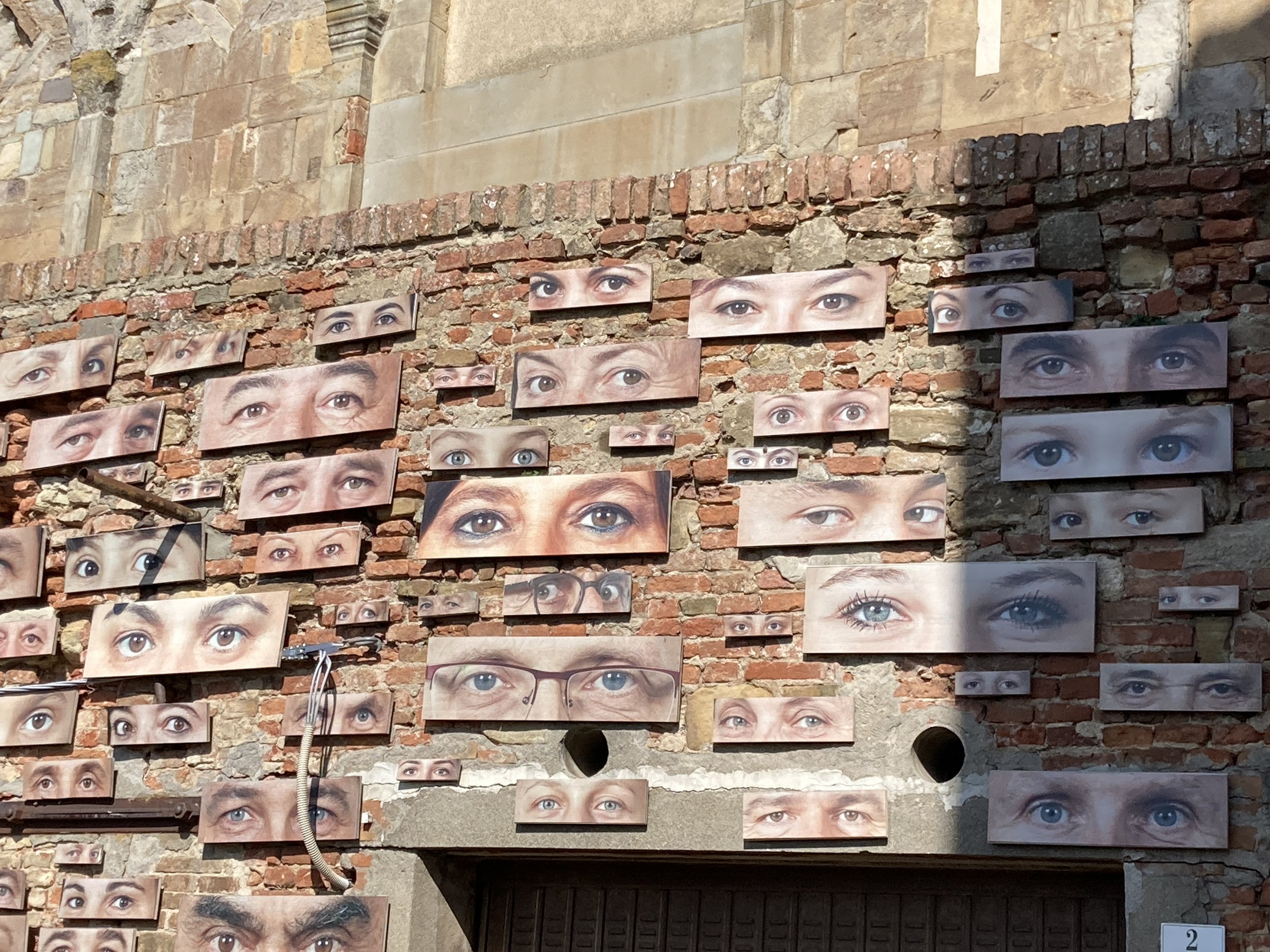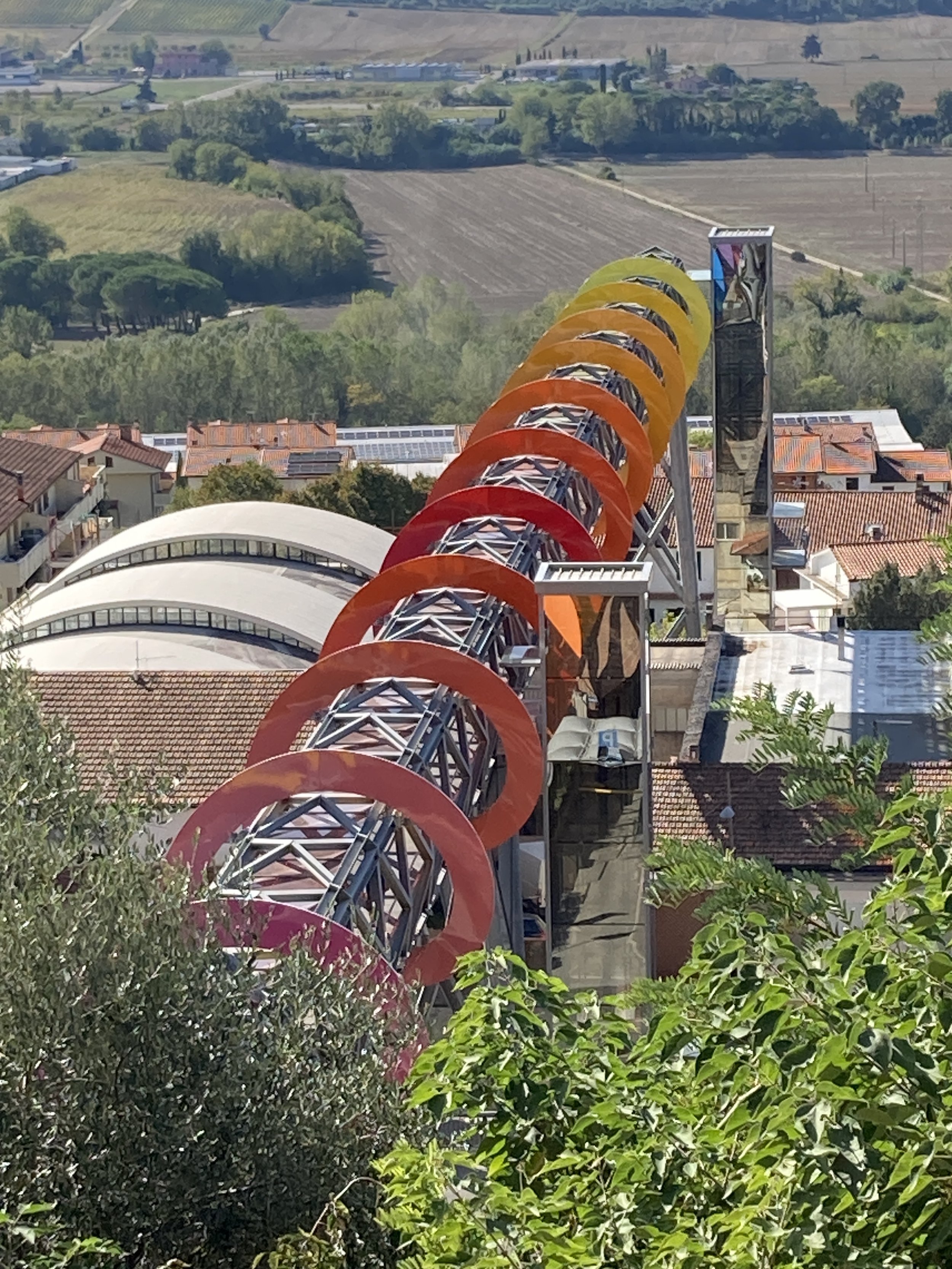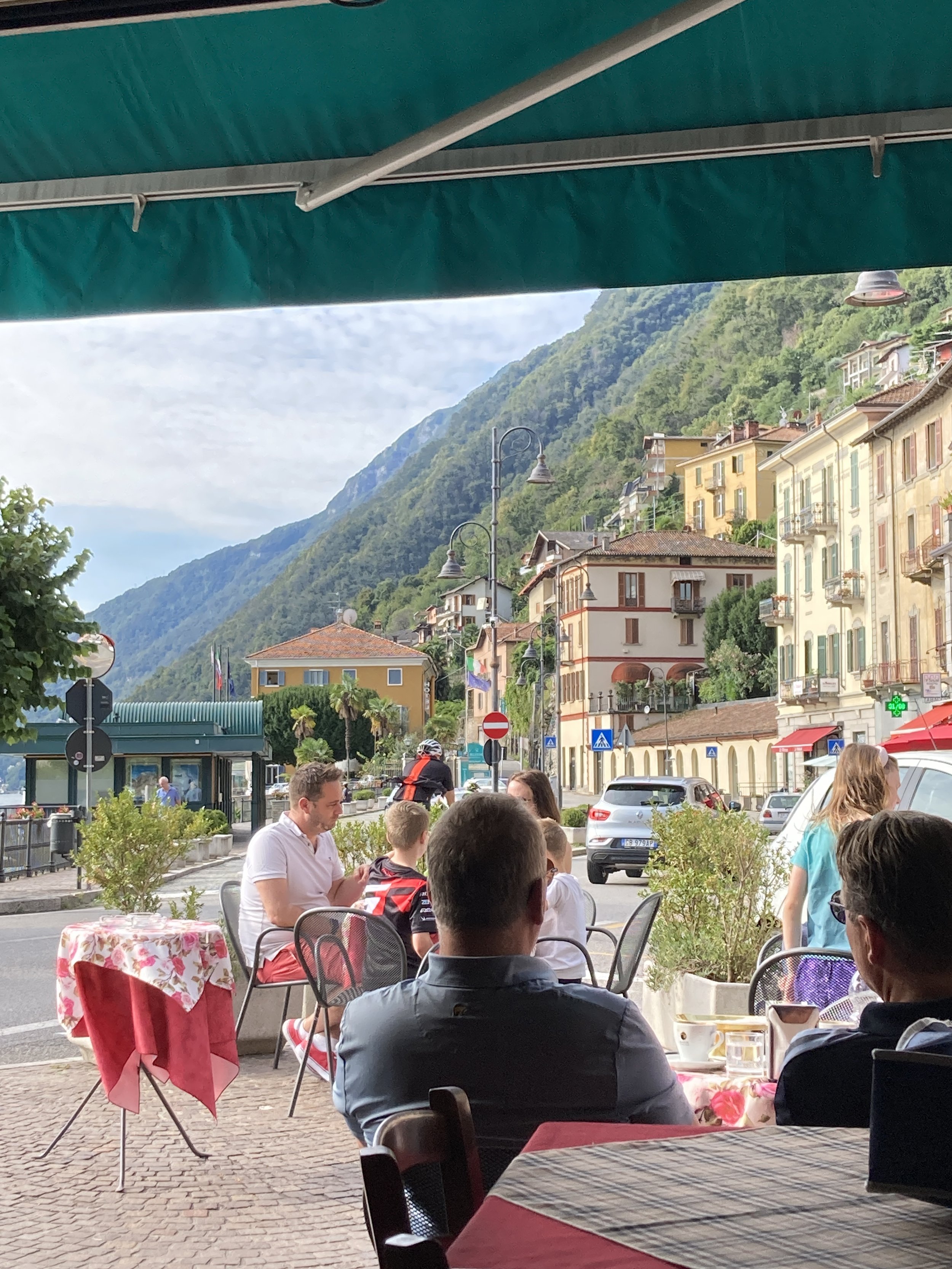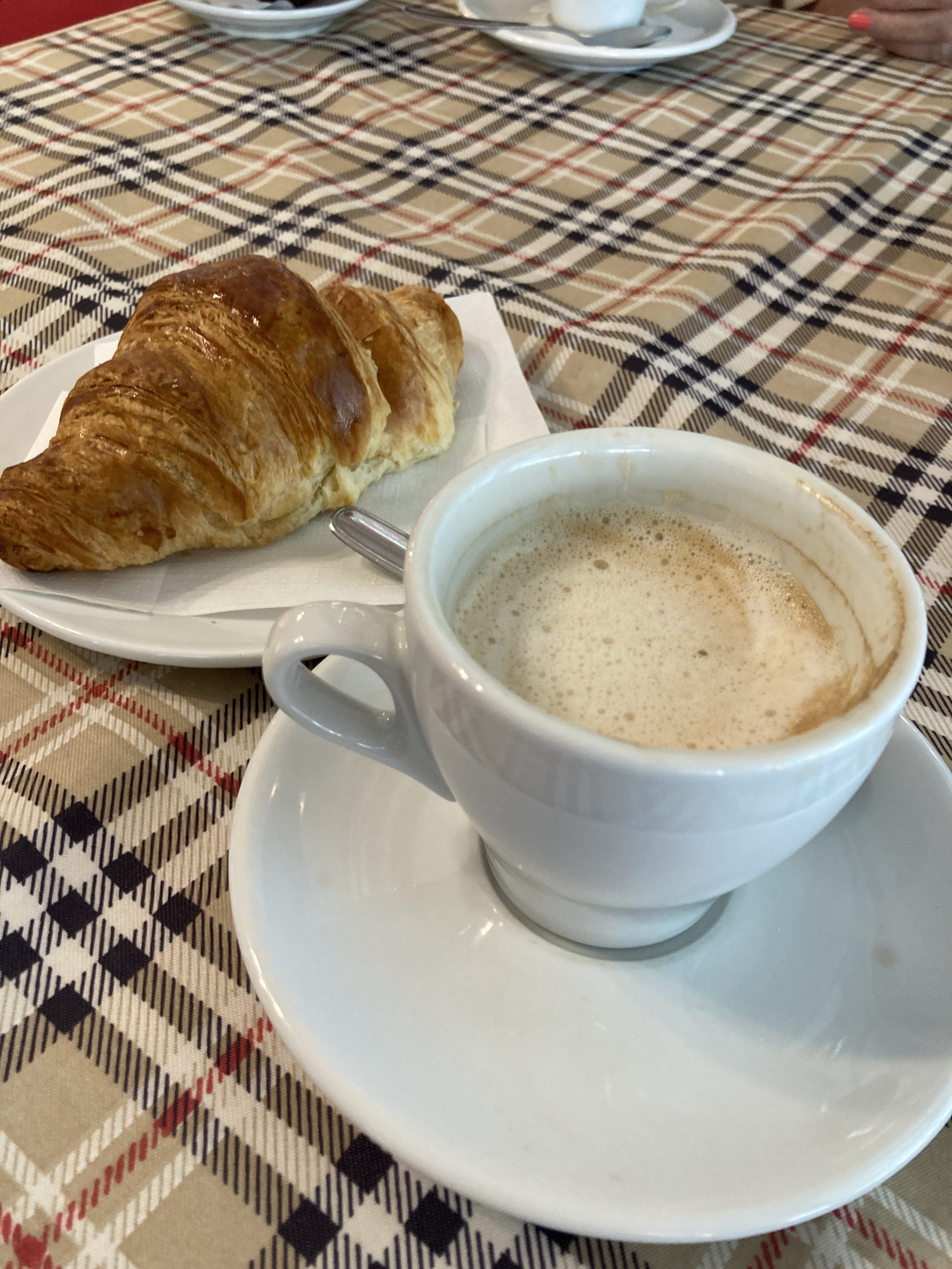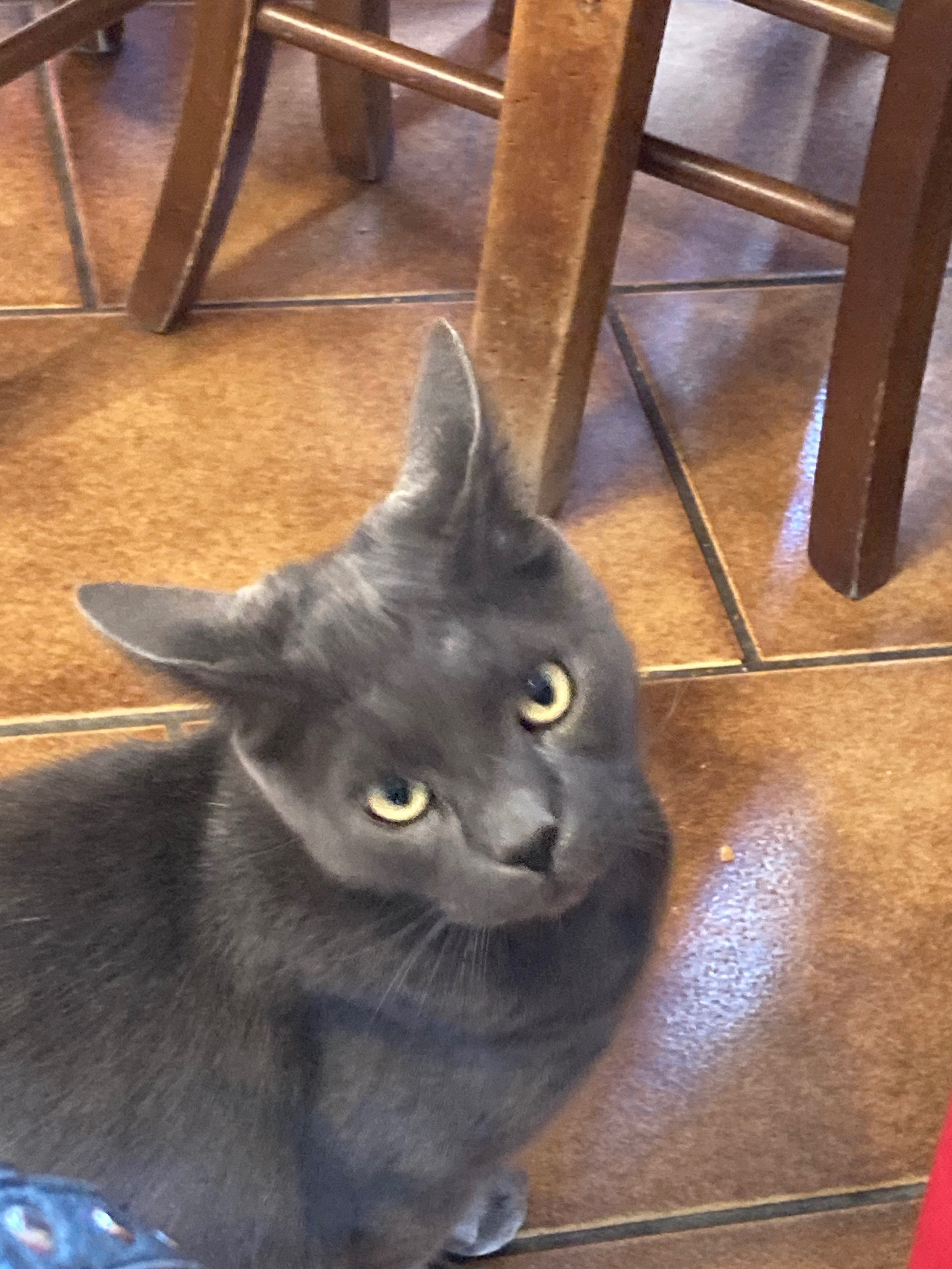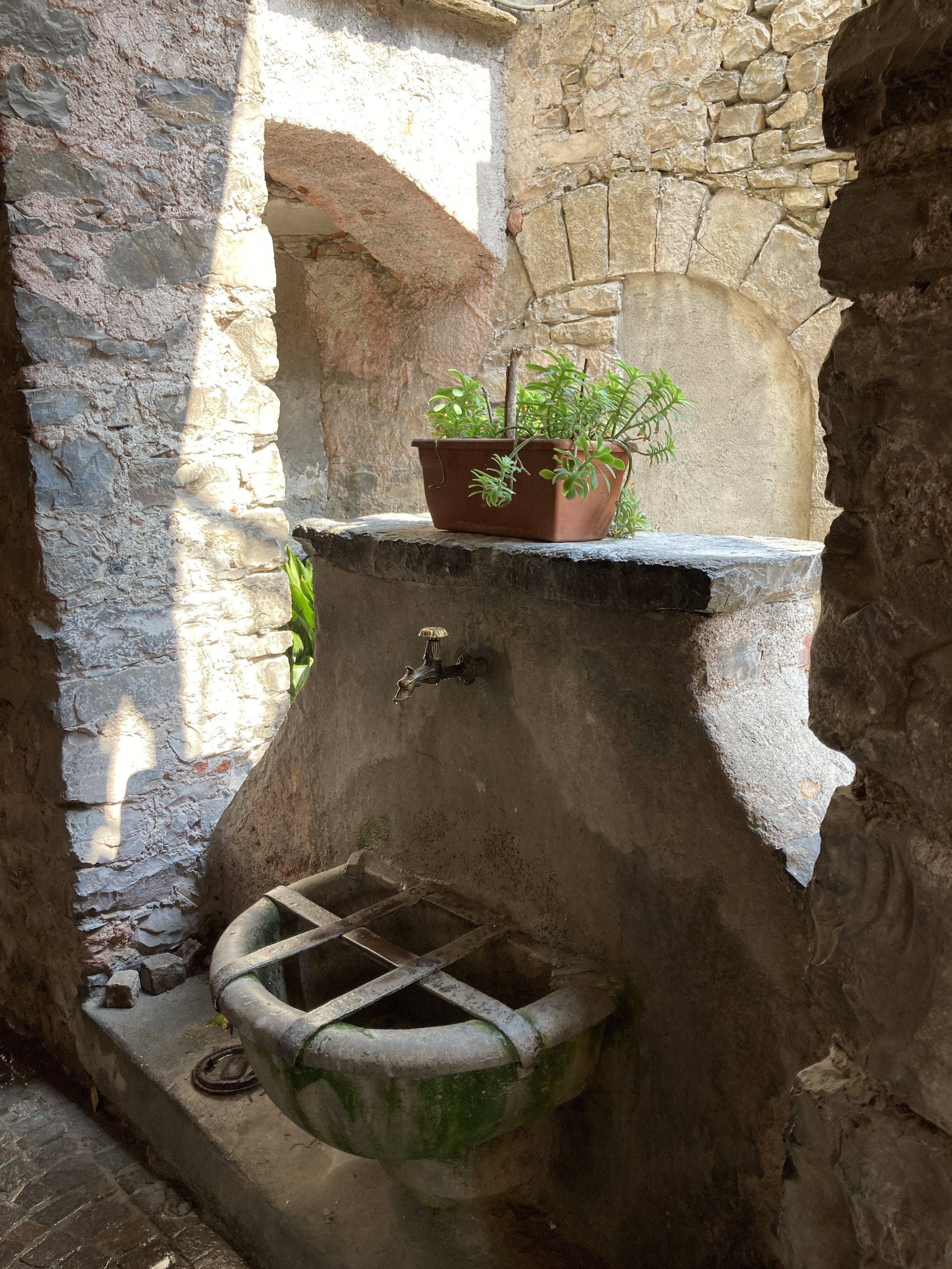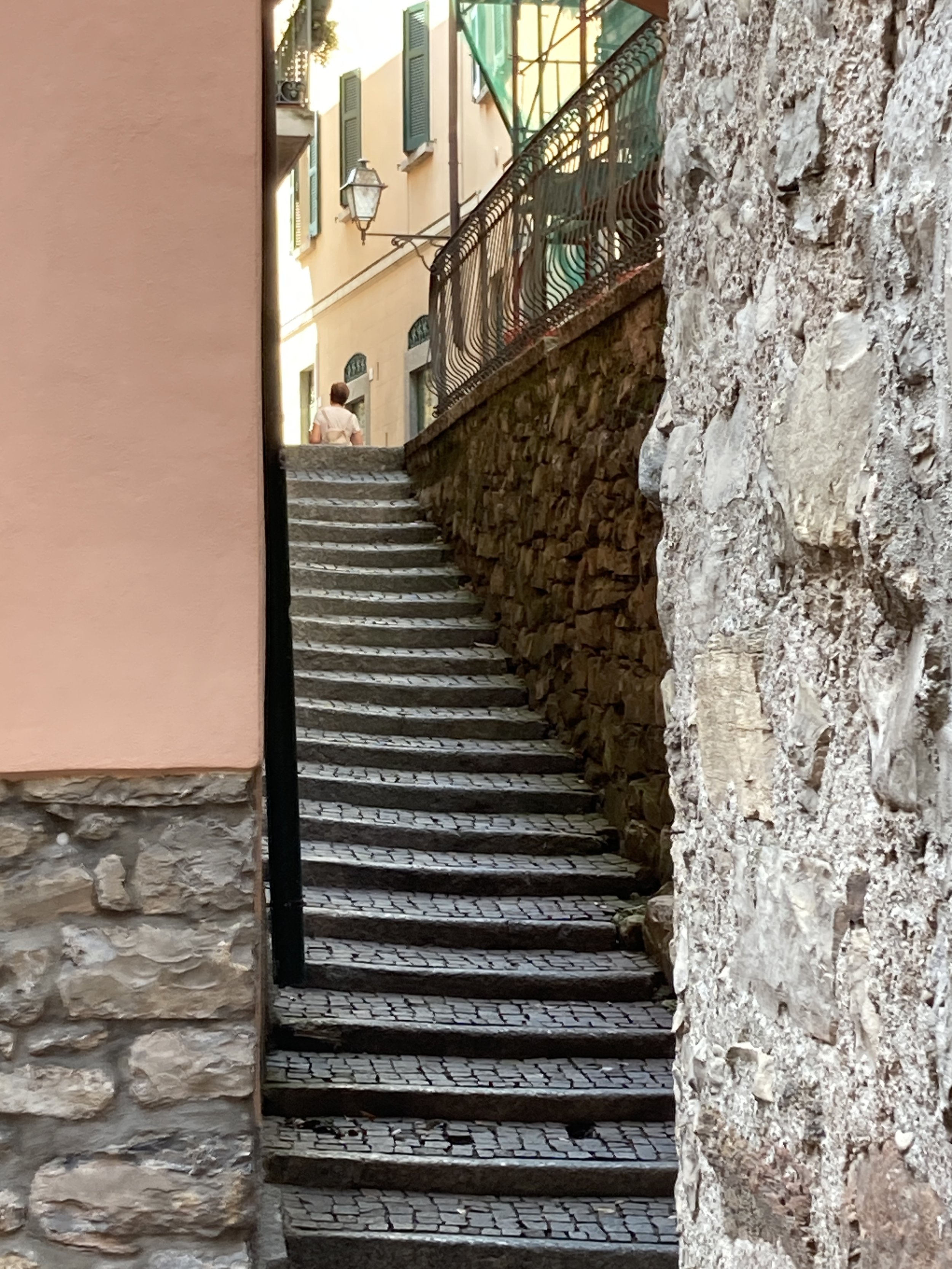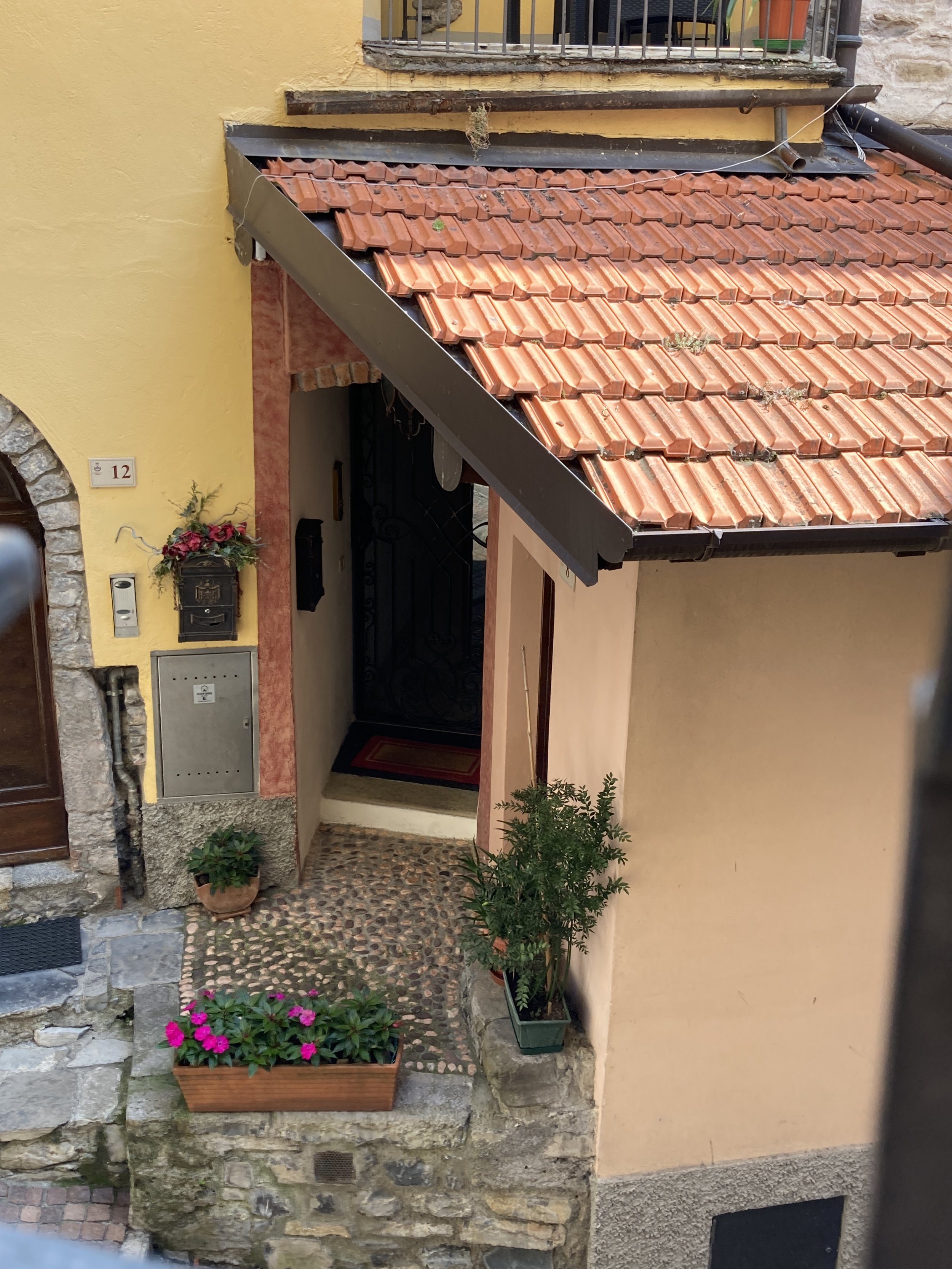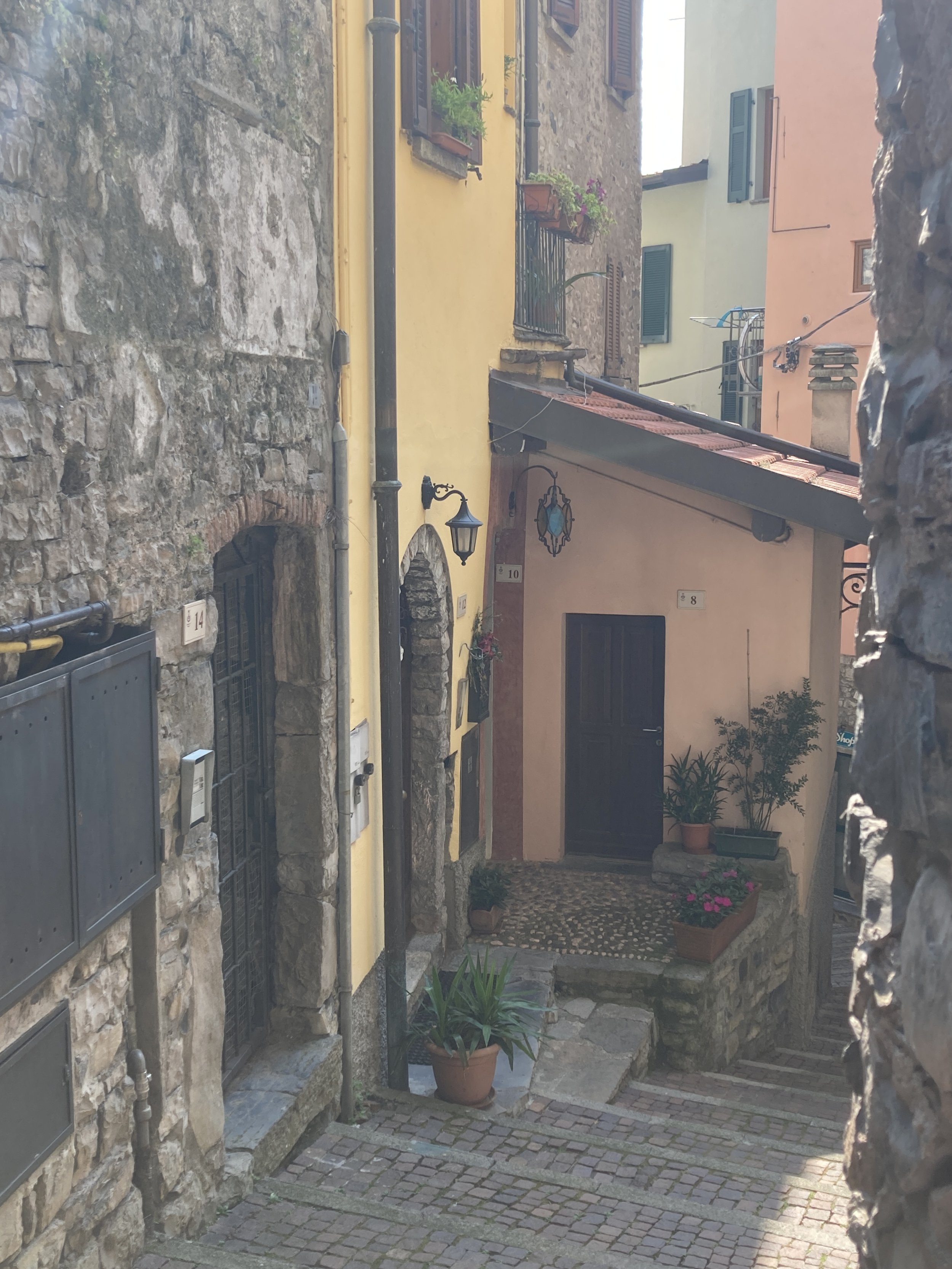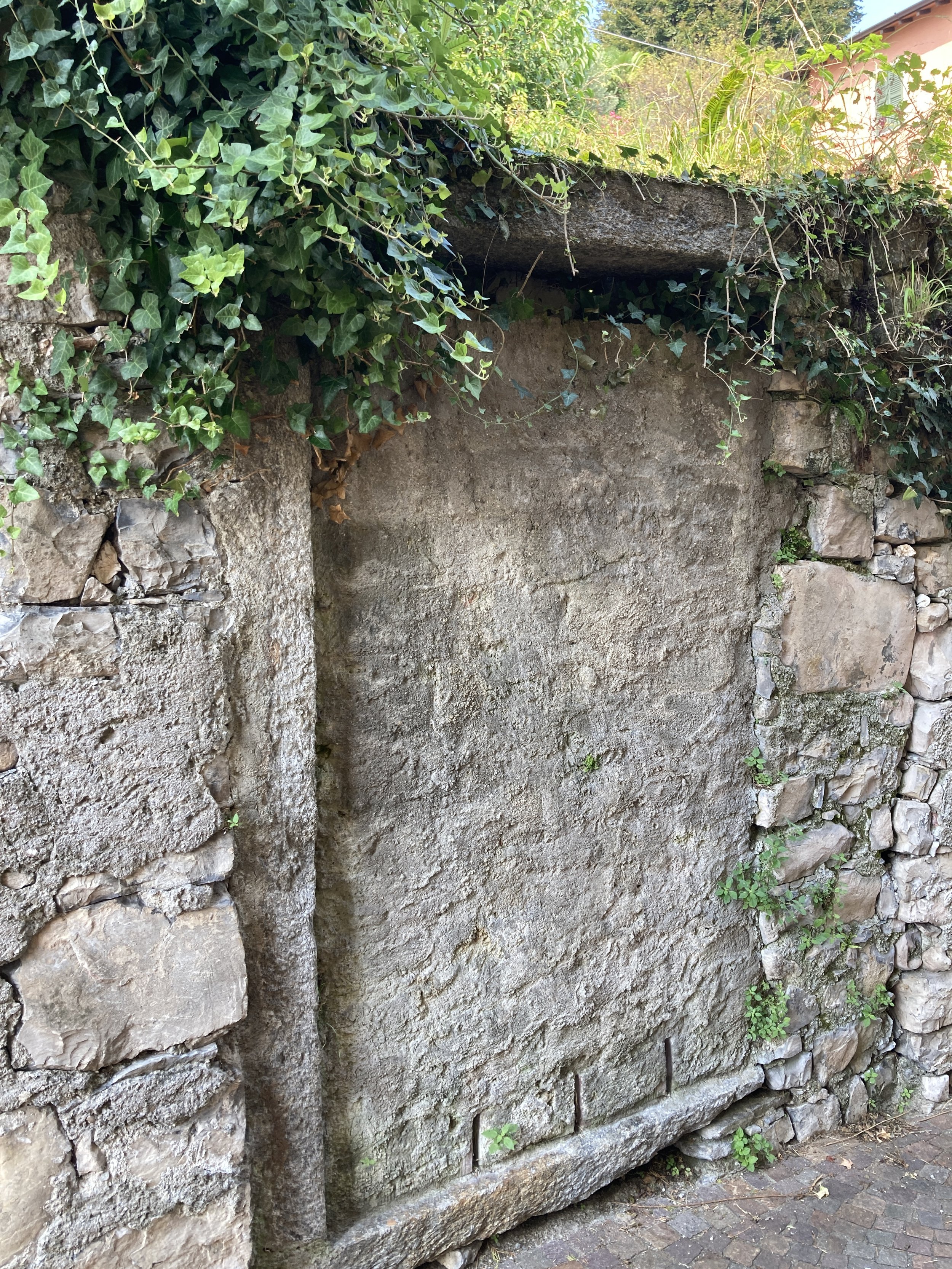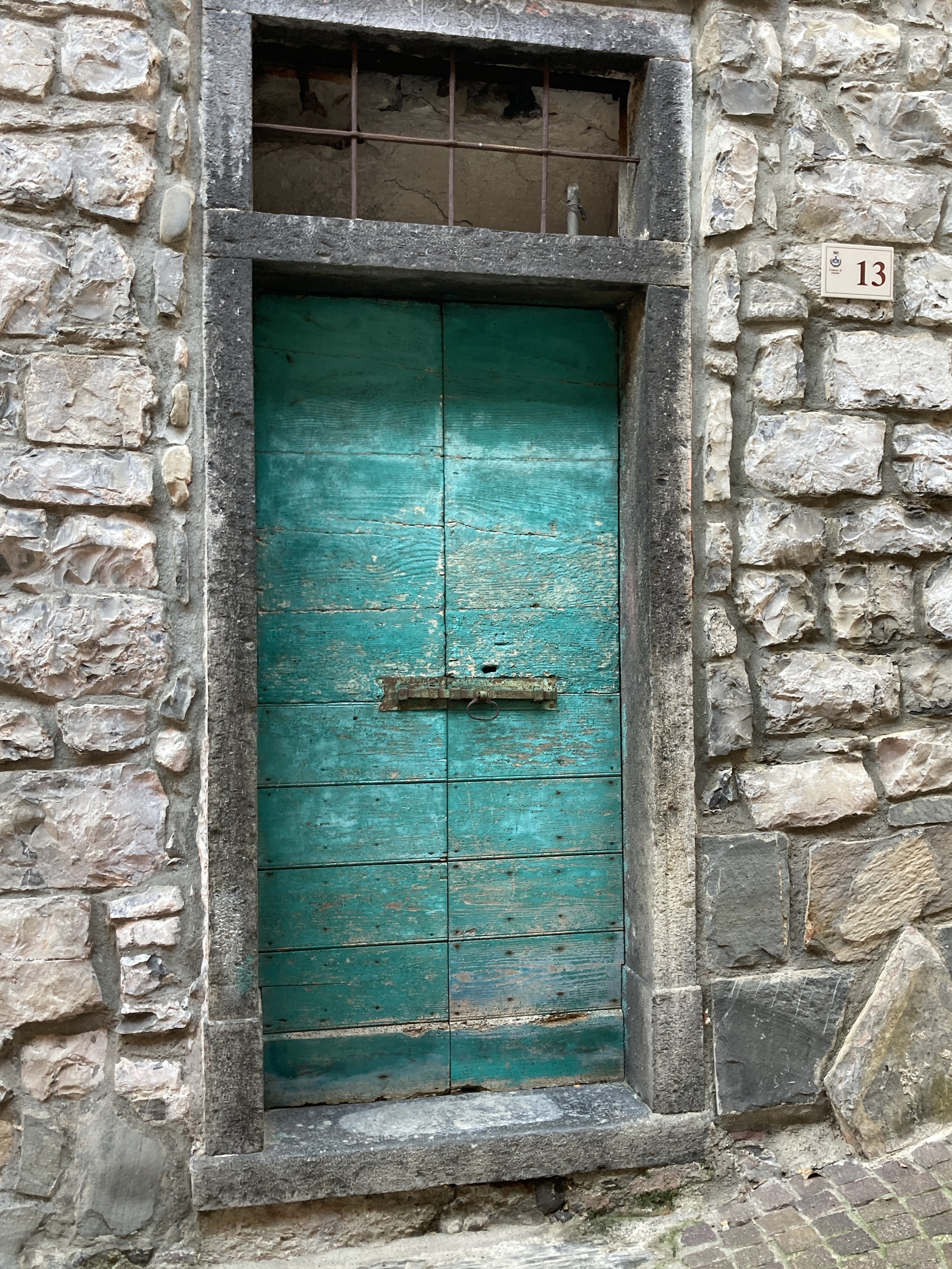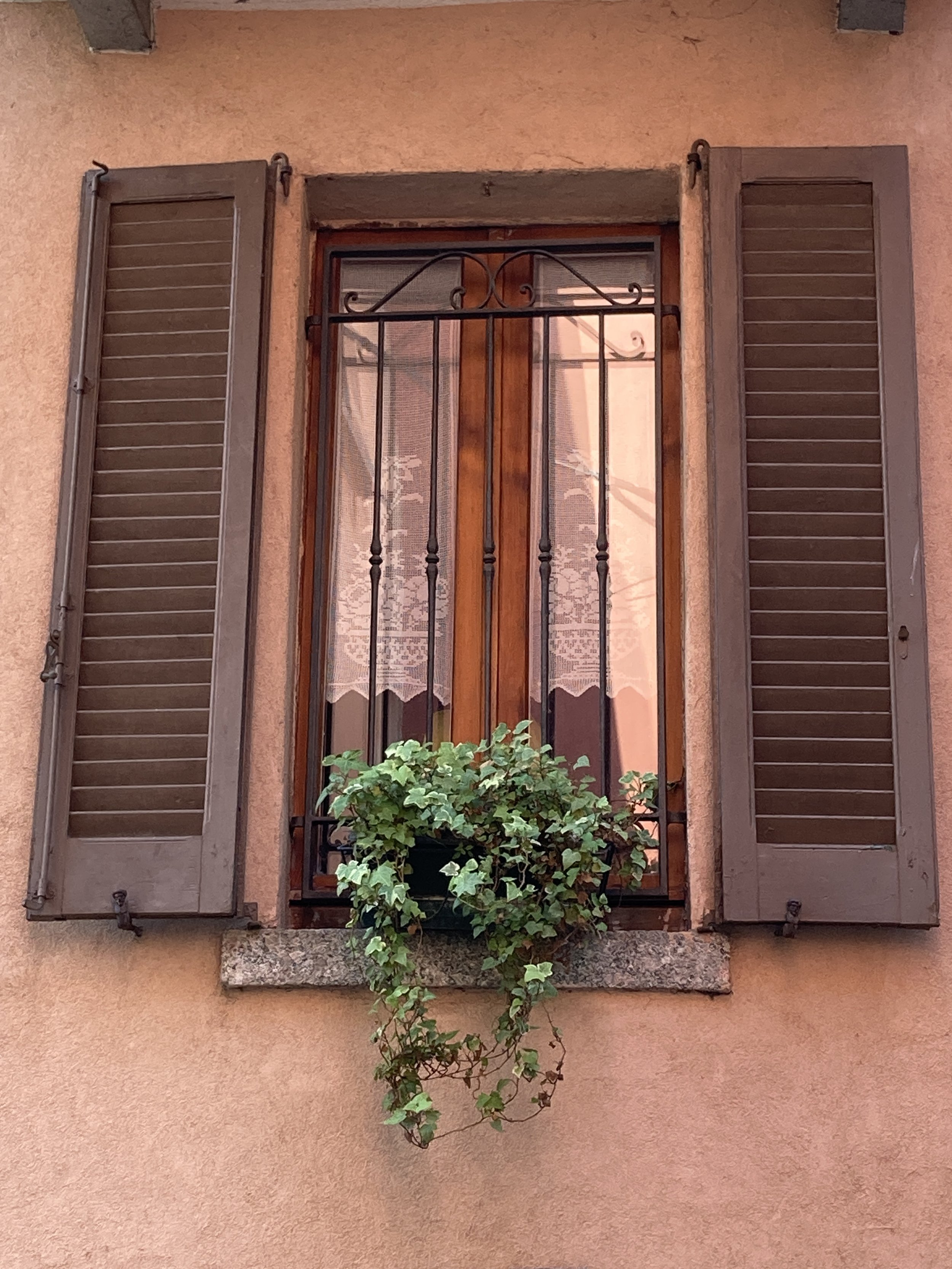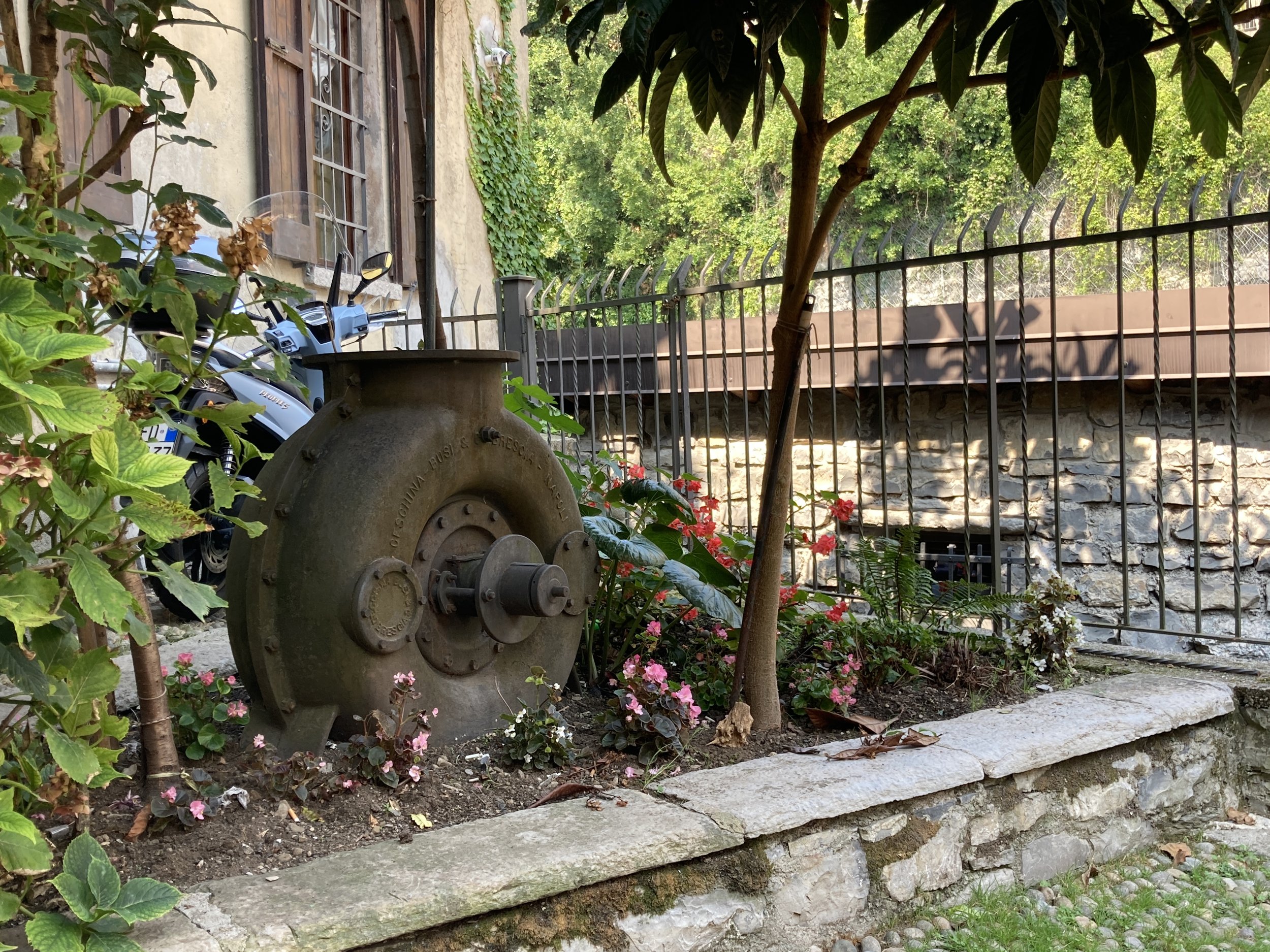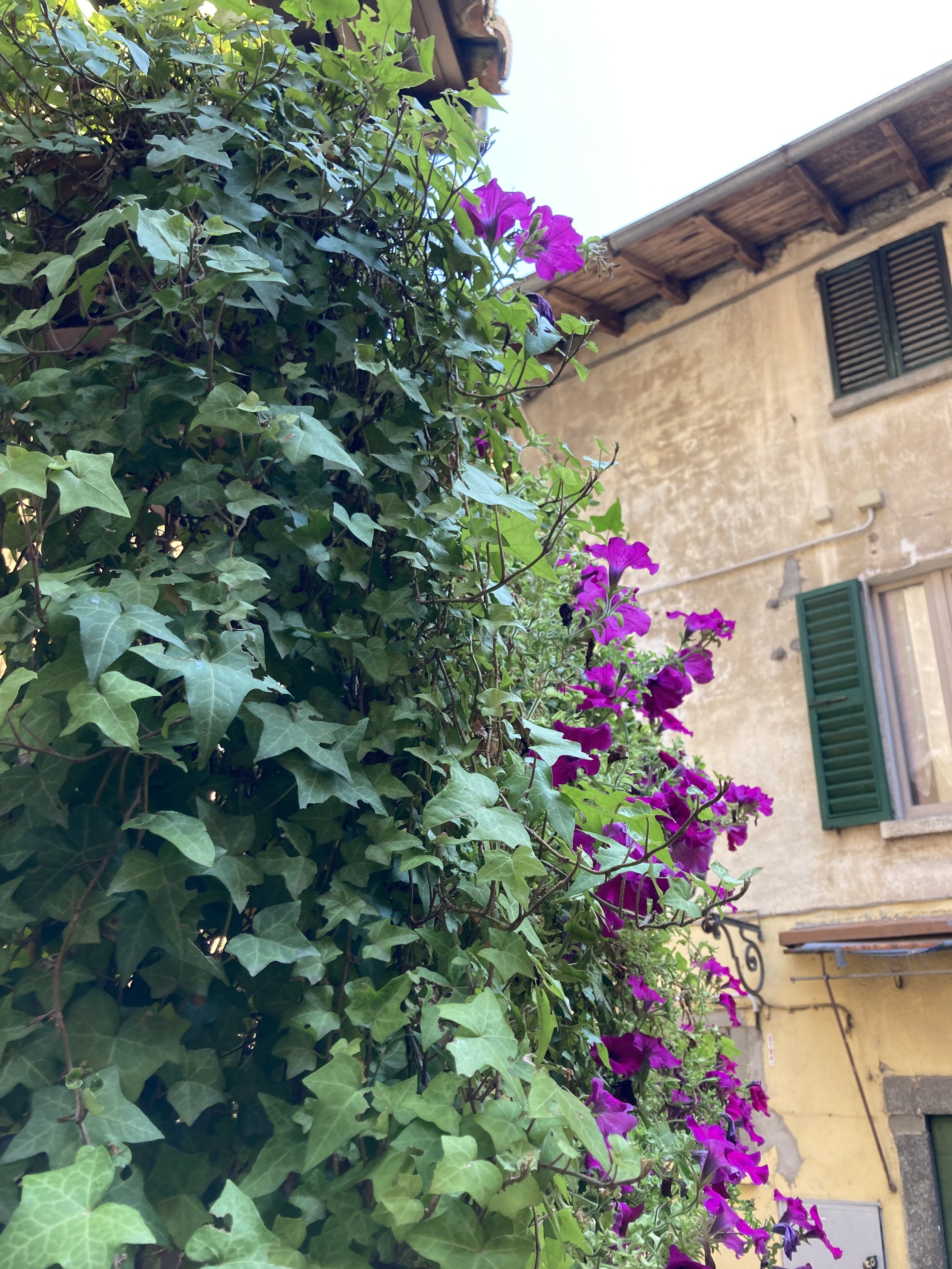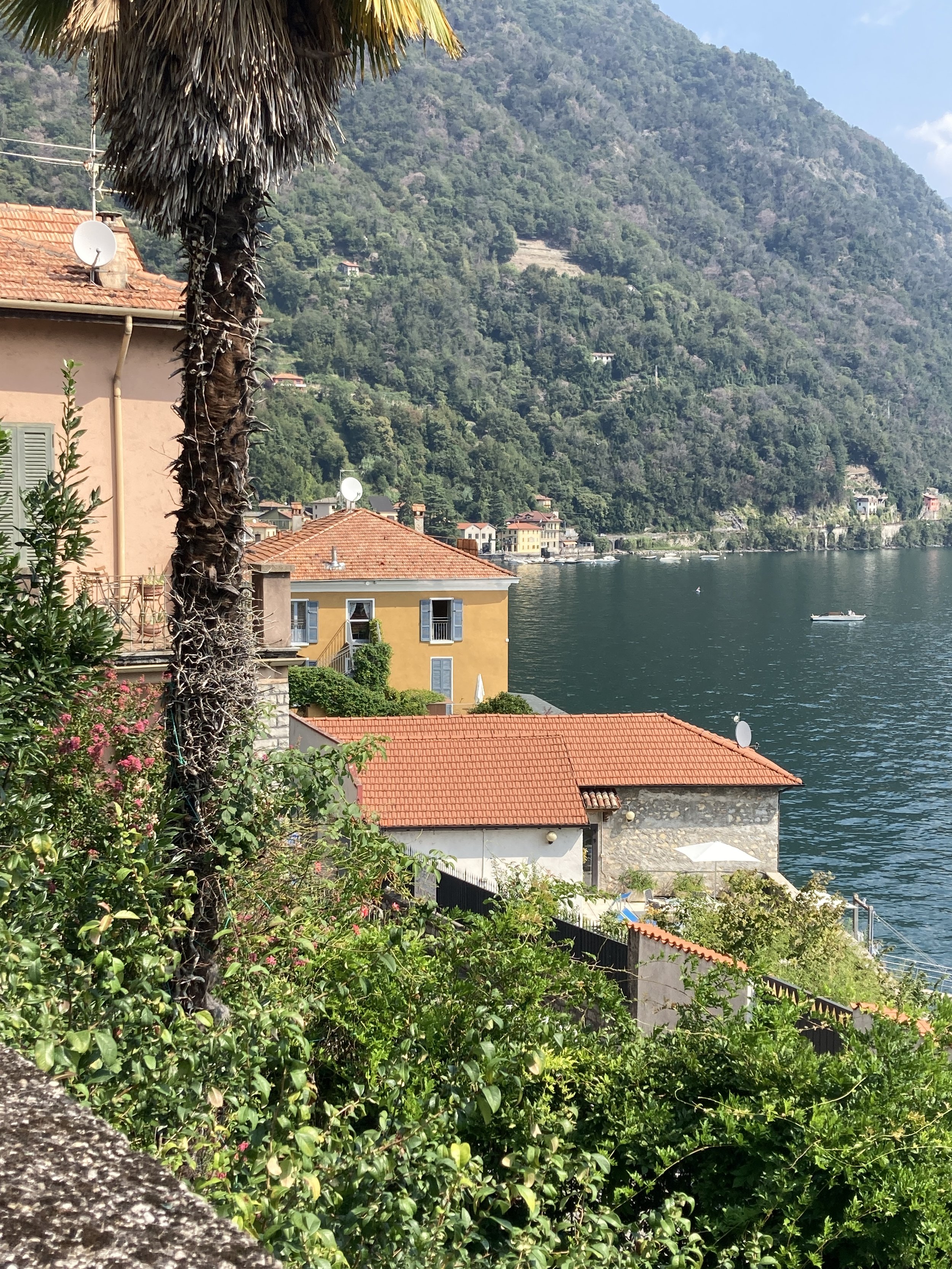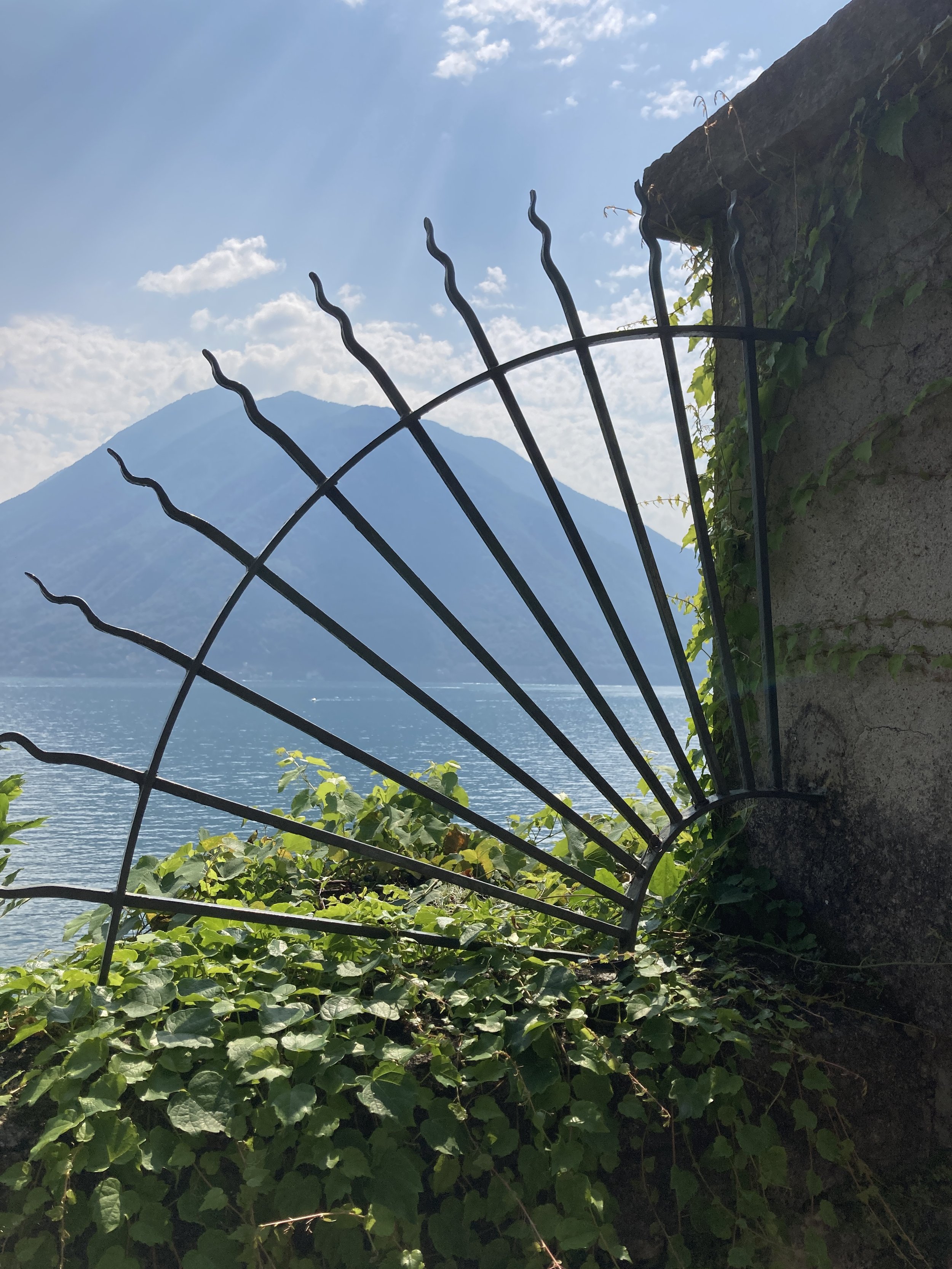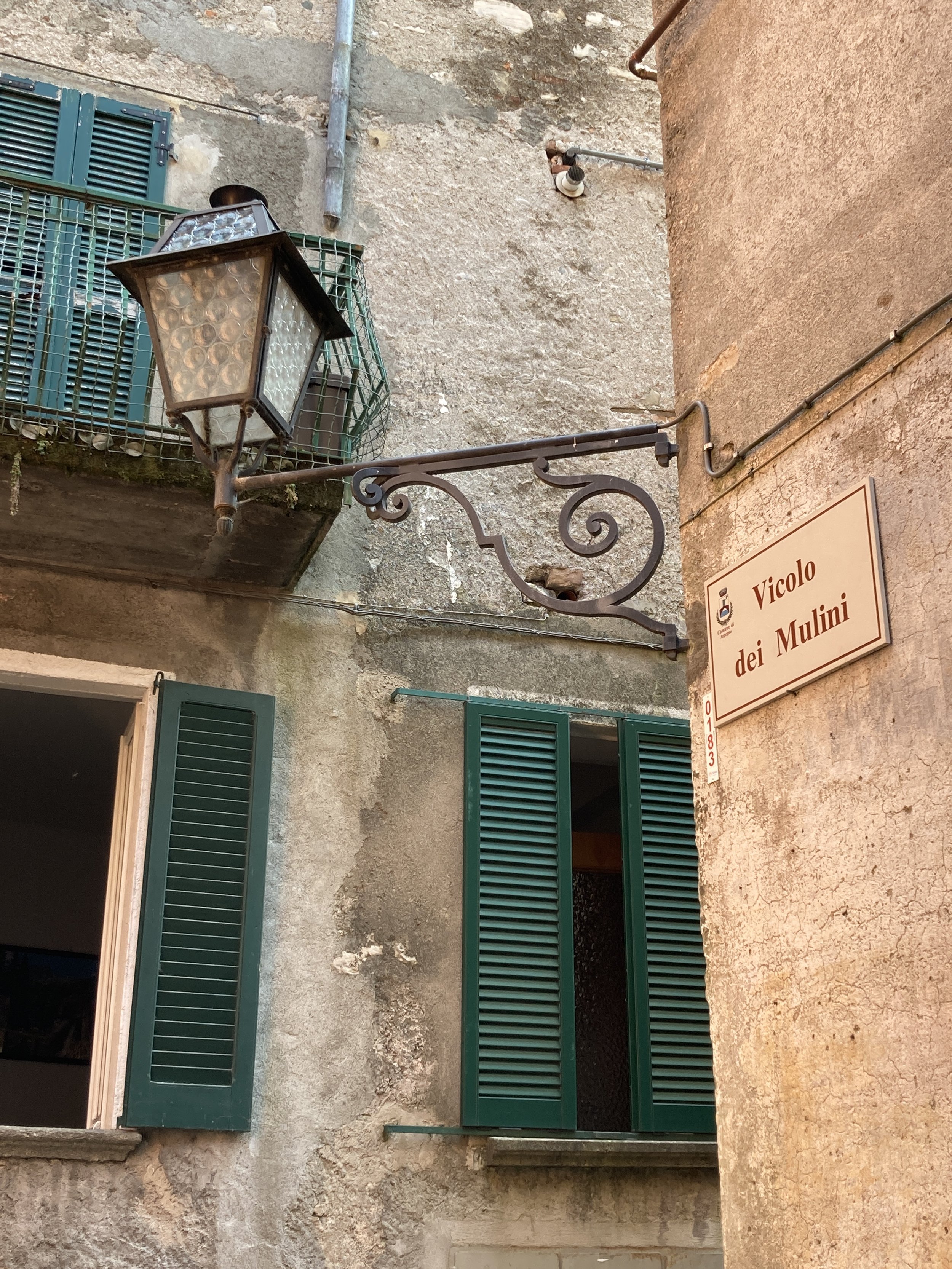Lucca in October
October 5th - still warm enough for an outdoor aperitivo. Perhaps the last one of the season?
October in Lucca can feel like an entire season wrapped up in a single month. Or maybe multiple seasons.
Early October brought some relief from summer’s intense heat but was still plenty warm with daytime highs in the 80’s. Mornings and evenings began to cool off, but it was still warm enough for summer dresses. Perfect weather for an outdoor meal or an evening aperitivo.
Swing music on an early fall evening. Perfect! Oct 7, 2023
By then end of the first week in October the days were still mild with daylight hours long enough to support outdoor activities in the evenings. Definitely not yet time to pack away the summer clothes.
Listening to the lovely harmonies of Coro Puntacappo sing a cappella swing music under one of Lucca’s medieval arches - what a great way to spend a pleasant early fall evening.
A beautiful Ottobrata day
In the US this last gasp of summer-like weather would be called “Indian Summer”. Here in Italy it is known as Ottobrata – a new word for me. Ottobrata is a time to appreciate those last warm days, outdoor activities, and the final picnics of the season. I like that new word and I love this season.
By mid-October the temperatures in the mornings and evenings were getting progressively chilly. It was the “I have no idea how to dress today” season. A light jacket? Perfect in the morning but way too warm in the afternoons when the temps were still reaching the mid-70’s. Two changes of clothing per day seemed to be the norm. And it was still too soon to pack away summer shirts. This in-between season is the ideal time for walks along Lucca’s walls. The leaves are changing, chestnuts fall to the ground, and the weather is perfect.
Mid-October along Lucca’s walls
Walking along the walls is wonderful at any time of day, but my favorite time for a stroll is at dusk. The fall tramonti (sunsets) are glorious!
The end of October brought a big change in the weather and an early arrival of fall rainy season. We had several days of dramatic thunder booms and some powerful downpours. Added to that were howling winds which knocked branches small and large from many trees. Out came the raincoats, boots, and scarfs. And umbrellas of all colors!
Now, in these last few days of the month, it still isn’t very cold, with daytime temperatures around 68 degrees. But the days when there is rain and wind feel quite a bit colder then the temperature would suggest. Luckily breaks in the storms have allowed an opportunity to get outside, avoid a bad case of cabin fever, and see the leaves change color a little more each day.
Lots of changing leaves during my walk on October 23rd.
Late October is the season to beware of a colpo di aria – a cold air draft that leads to a stiff neck and other ailments – a cold, a sore throat, earaches or something much worse! A belief in the colpo di aria is very strong here in Tuscany. Even the doctors warn to always wear a scarf. The English speaking people around here jokingly ask “Do you know what happens if you don’t wear a scarf?” The standard answer is “You get a sore throat and then you die”. An exaggeration for sure, but the Italian worry about the effects of the cold air has worn off on many of us. It is definitely scarf season now and also the start of “time to brew some chai, get a good book, and stay inside to avoid the rain” season.
The tents for Lucca Comics and Games seem to multiply daily in October
October is also la stagione delle tende (tents season) here in Lucca. Not tents for camping but tents, some of them huge, that pop up all over the city in preparation for Lucca’s big fall event – Lucca Comics and Games. The tents start to go up at the beginning of October and slowly fill every piazza, the green spaces along the walls, parks, the large open areas just outside the walls, and just about any space where there is room to set one up.
Costumed participants Comics, October 2019. This week the streets of Lucca will be filled with people in costumes.
Many people love the Comics event and it is important to Lucca’s economy. The costumes are elaborate, there are special art and gaming venues, and there is a general air of excitement in town. Others of us (I admit to being one of them) dread the arrival of the tents and the huge crowds that we know will follow. Picture 300,000+ people streaming into the historic center of Lucca over a 5 day period. For me, this is a good season to head out of town on a short trip. This week I will go to Florence for my comics escape.
Of course, the end of October also brings Halloween. Halloween is not a big deal in Italy, but is a little more so here in Lucca where it coincides with the beginning of Comics and Games. Just last week these witch’s brooms appeared overhead in Chiasso Barletti, a small alley of shops. I think this is my favorite Halloween / Comics display ever.
Last week this scary monster was being erected in Piazza San Giusto. While it is meant for the big Comics festival, it feels quite Halloween-ish to me.
Scary !
The clocks have now been turned back an hour and dark falls much earlier. Summer is definitely over and October, with all of its seasons, is just about over too. I wonder what November will bring?



